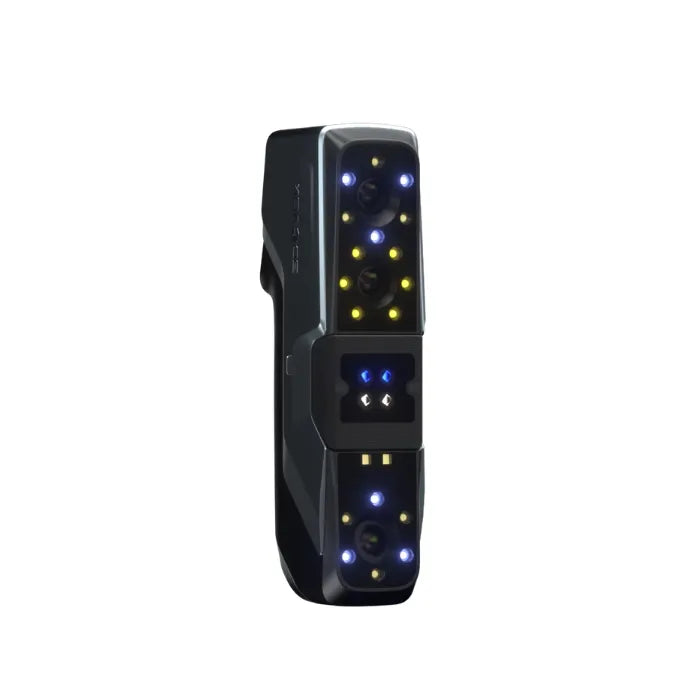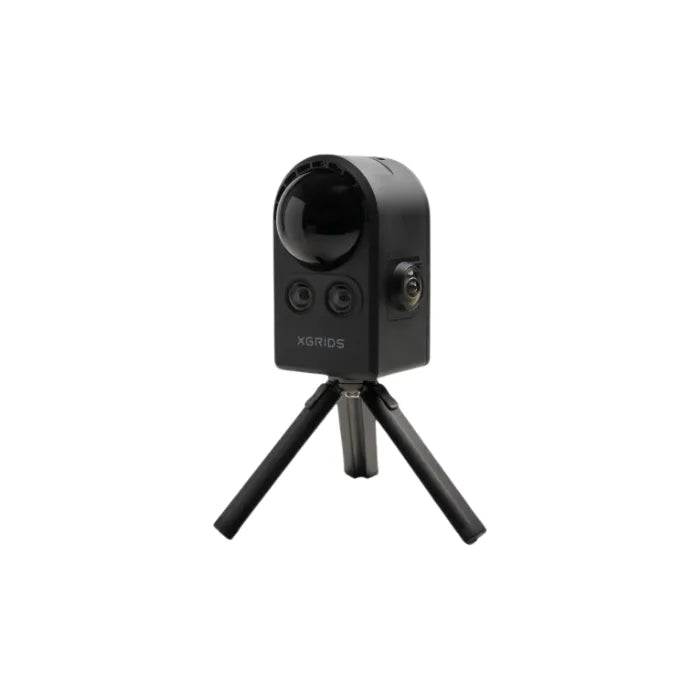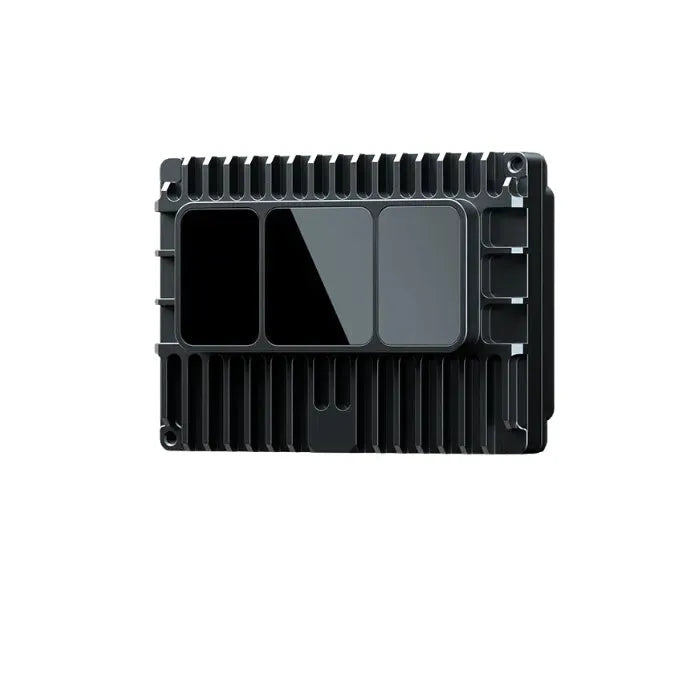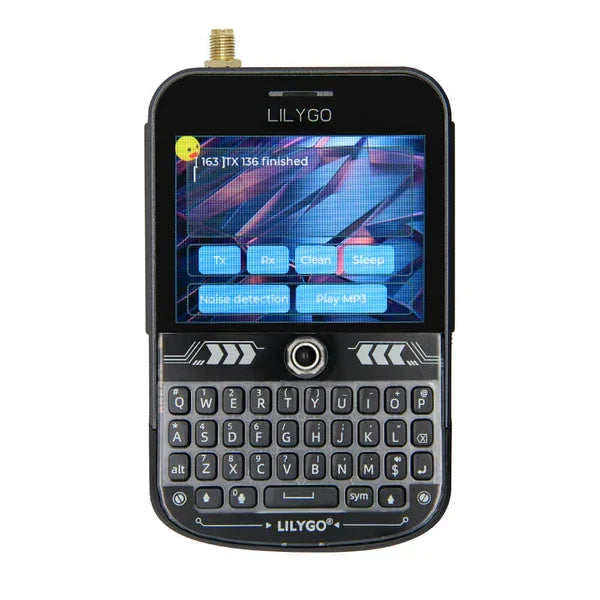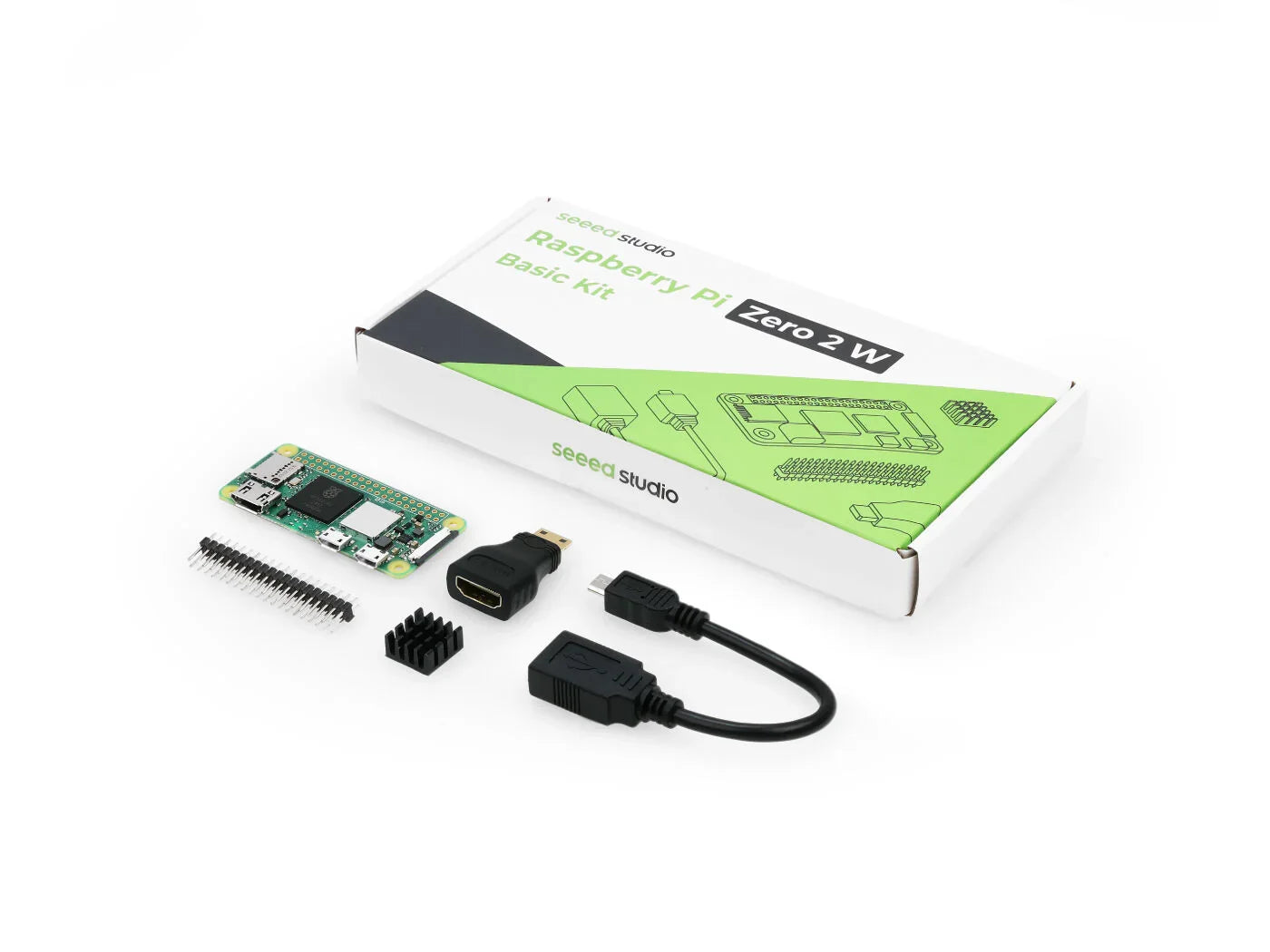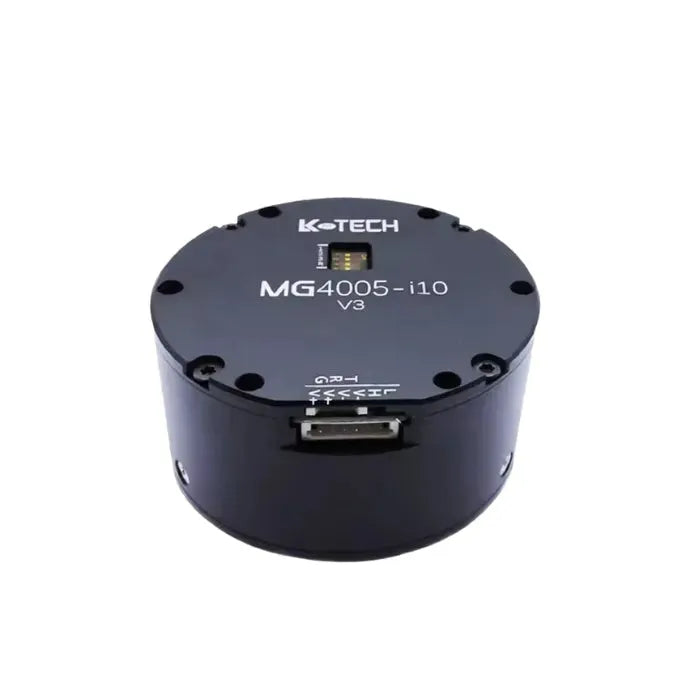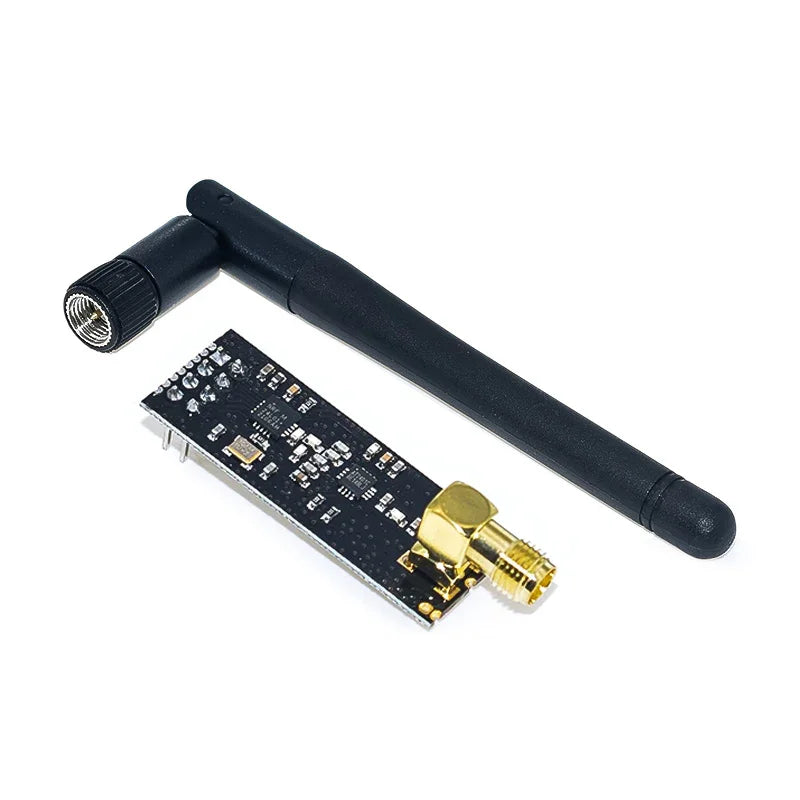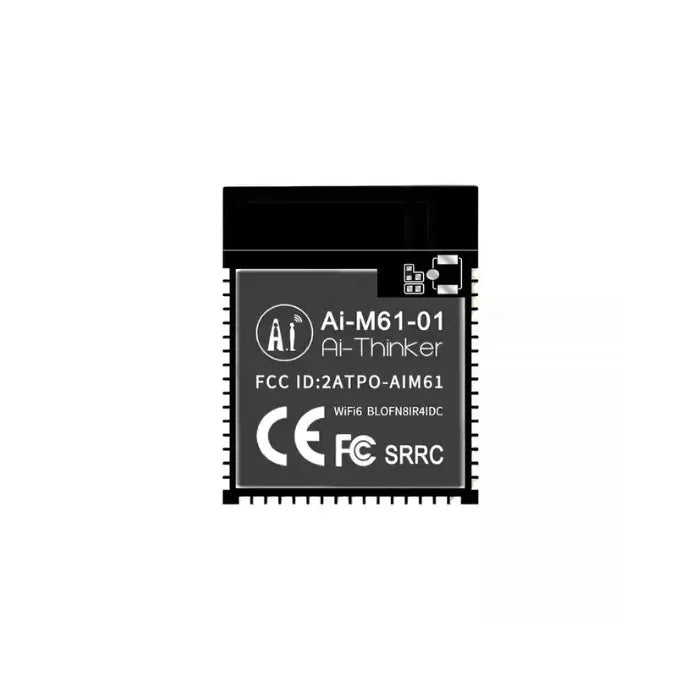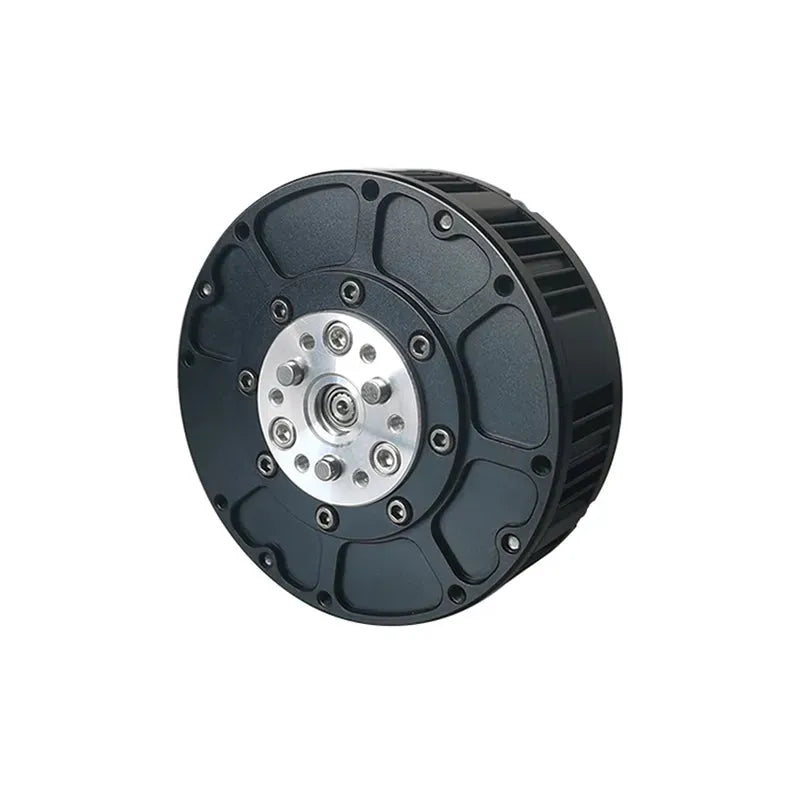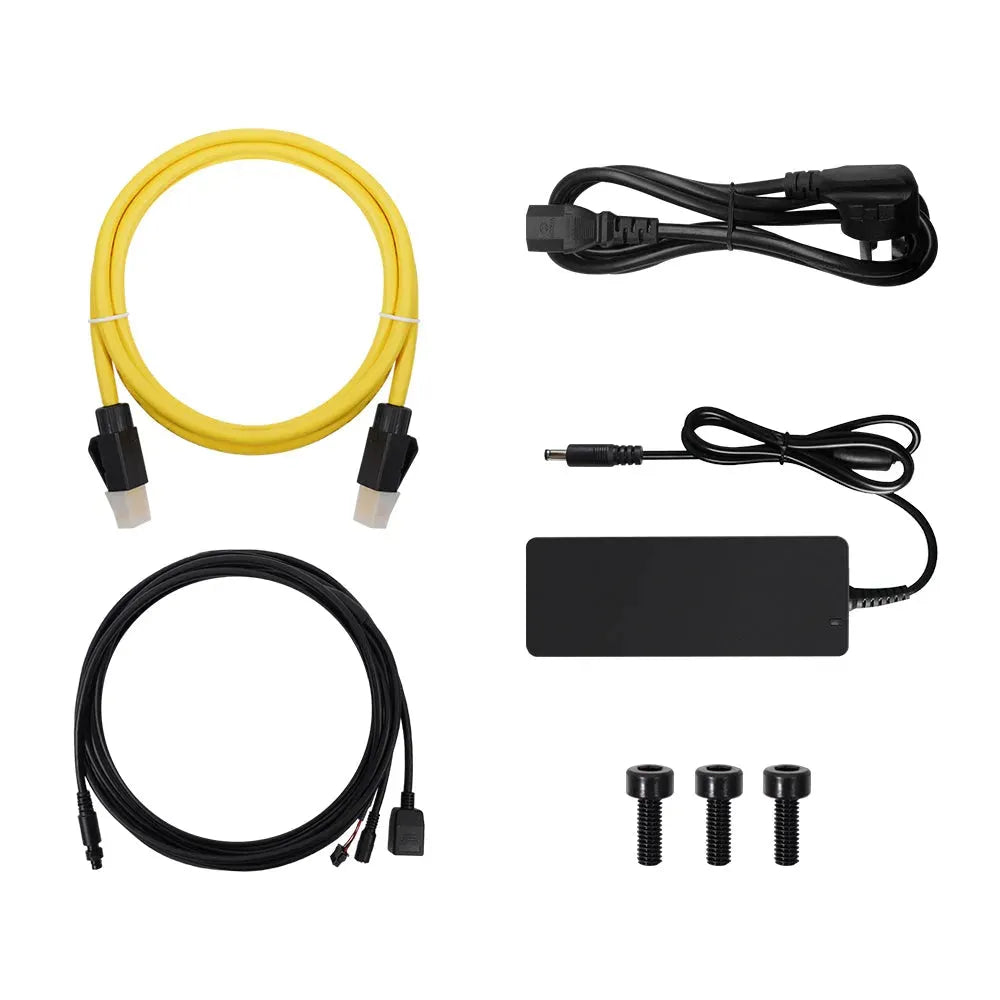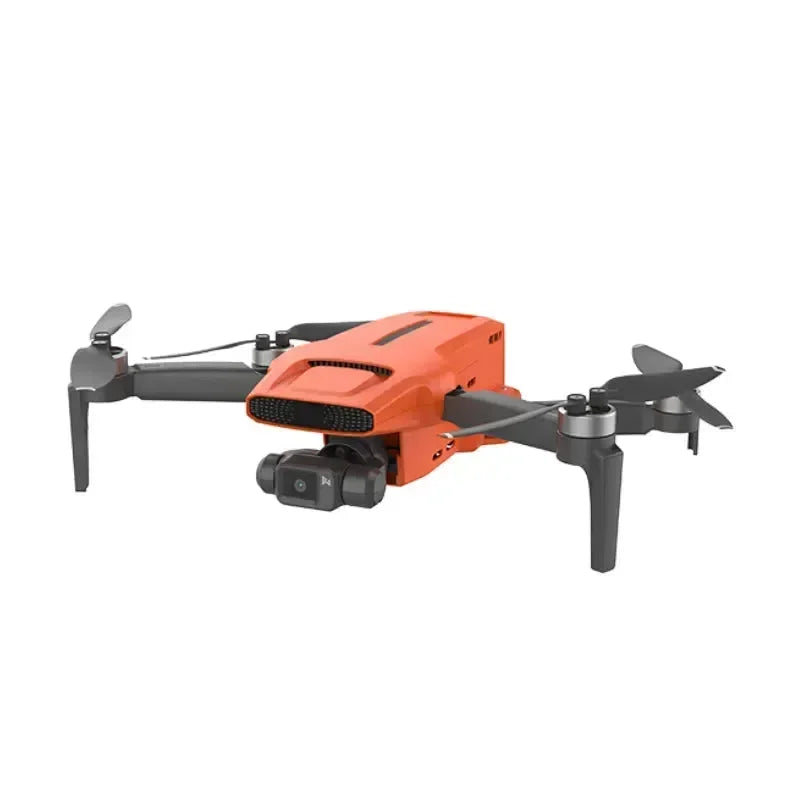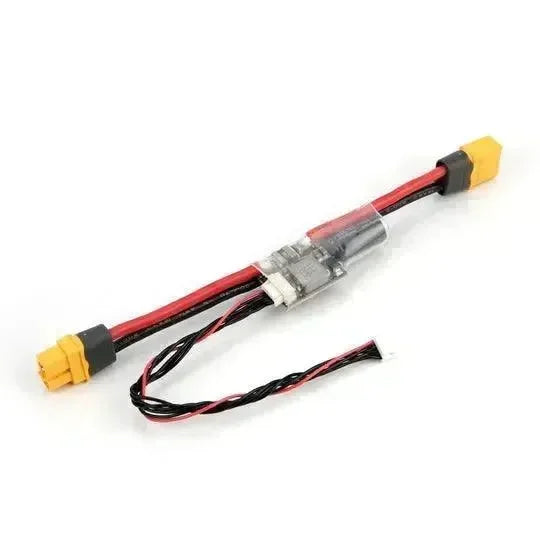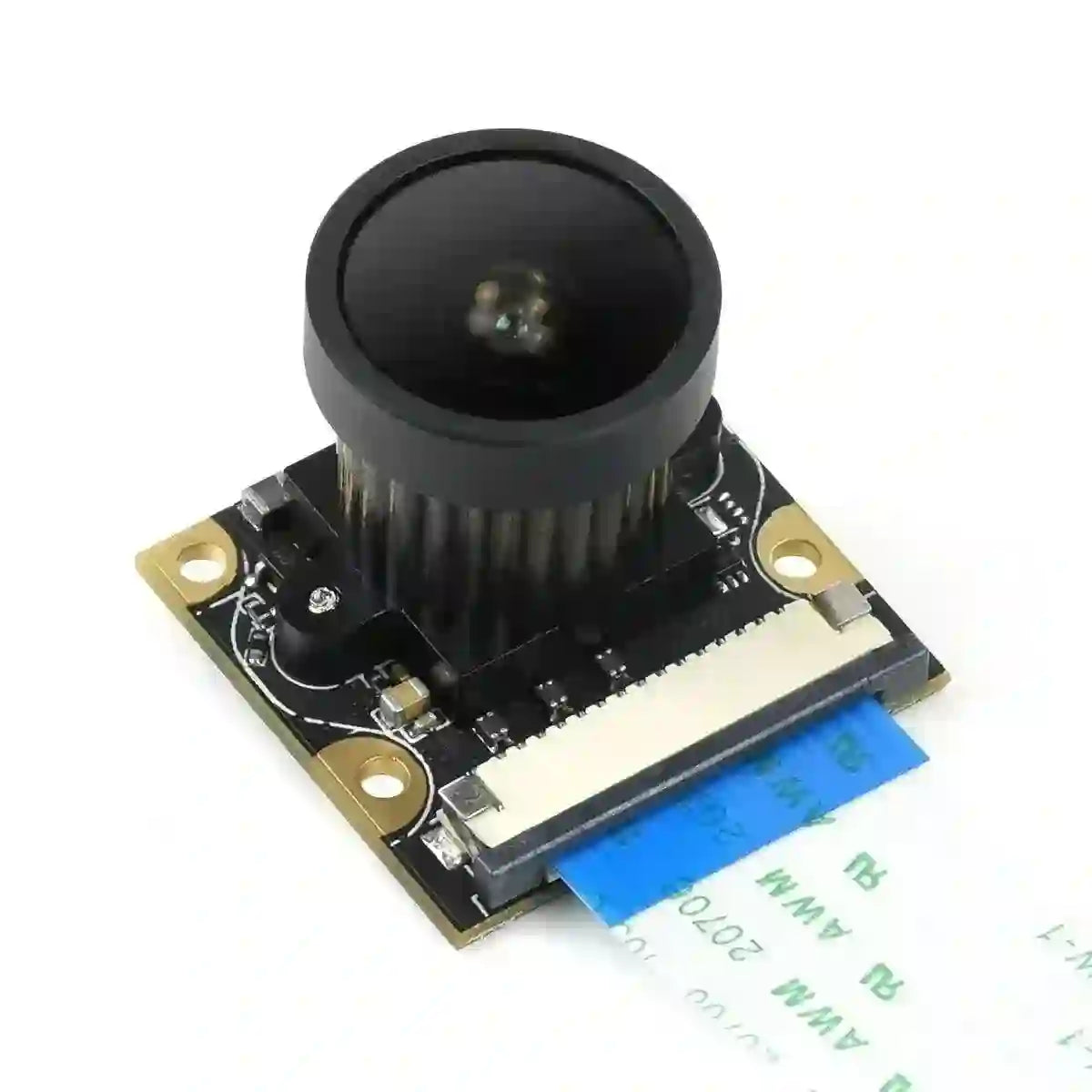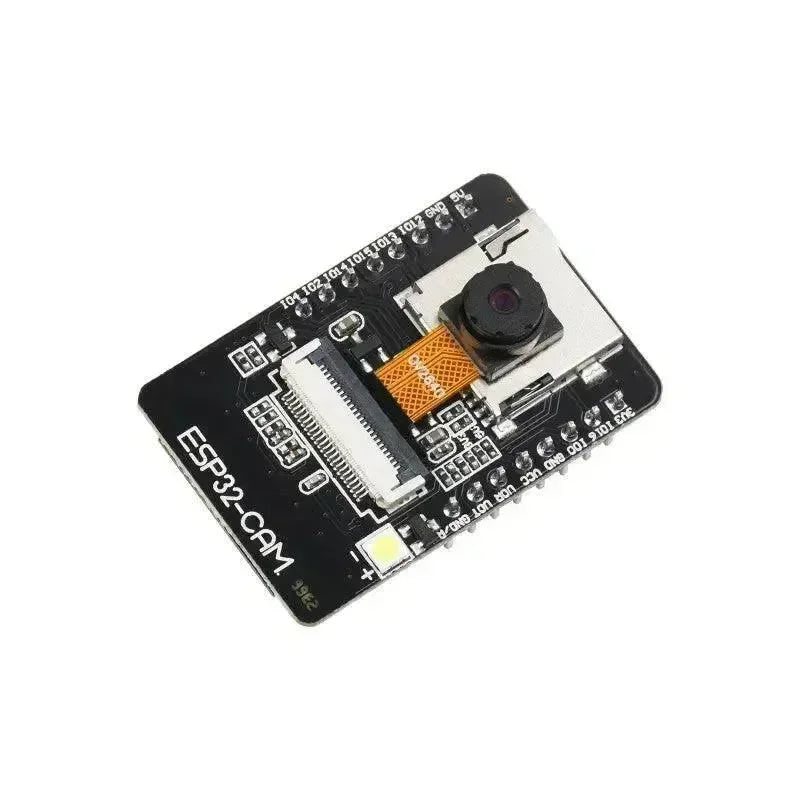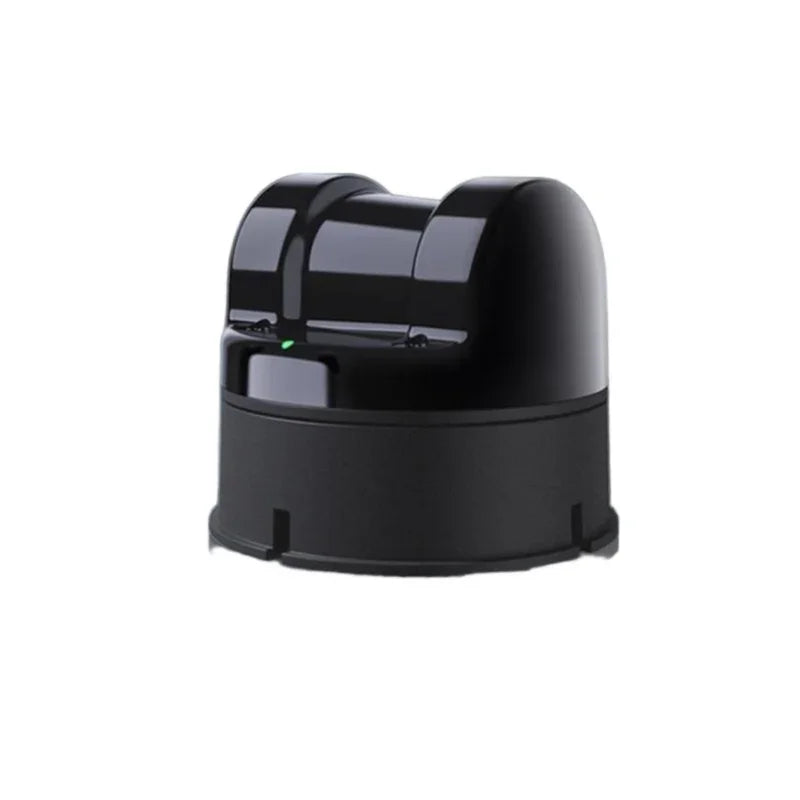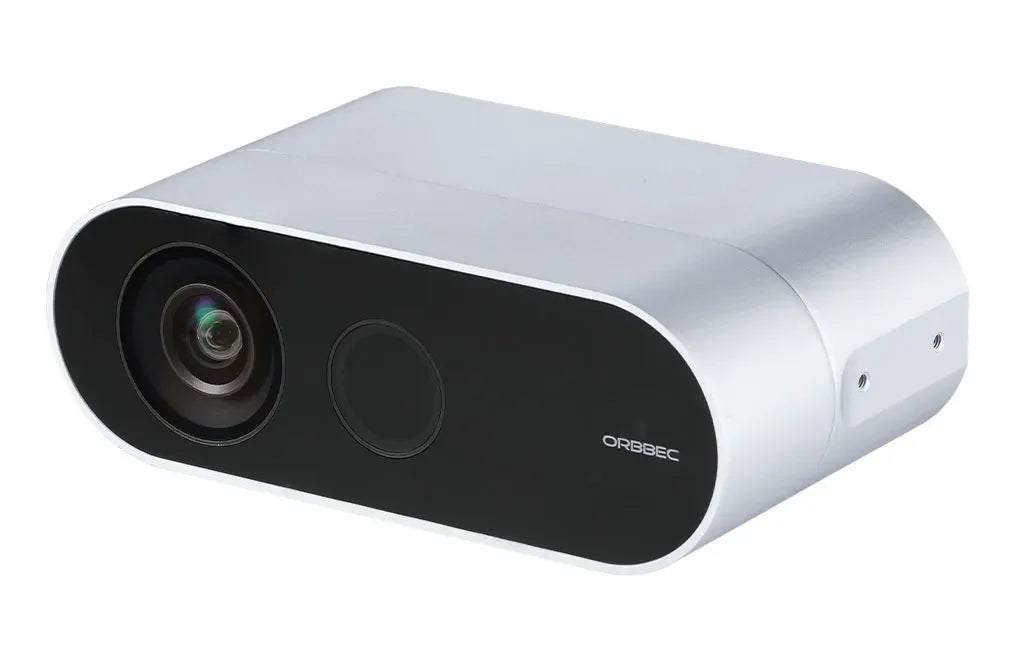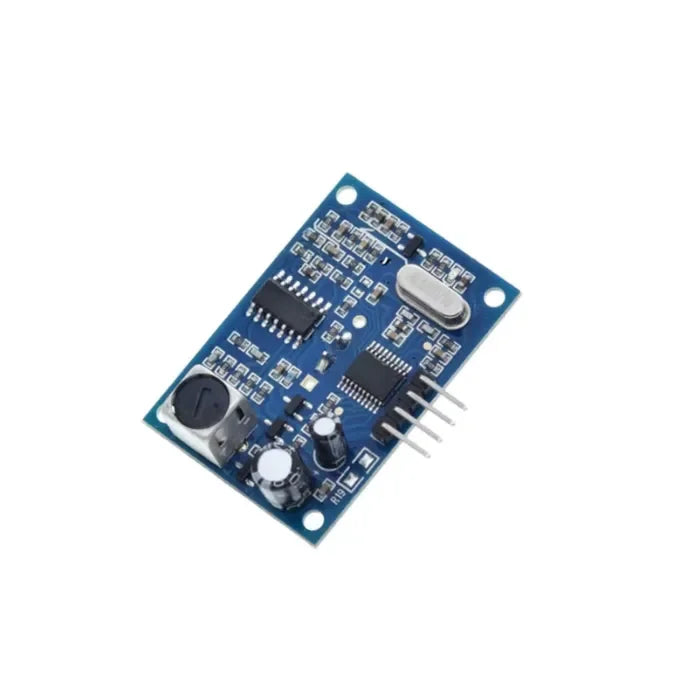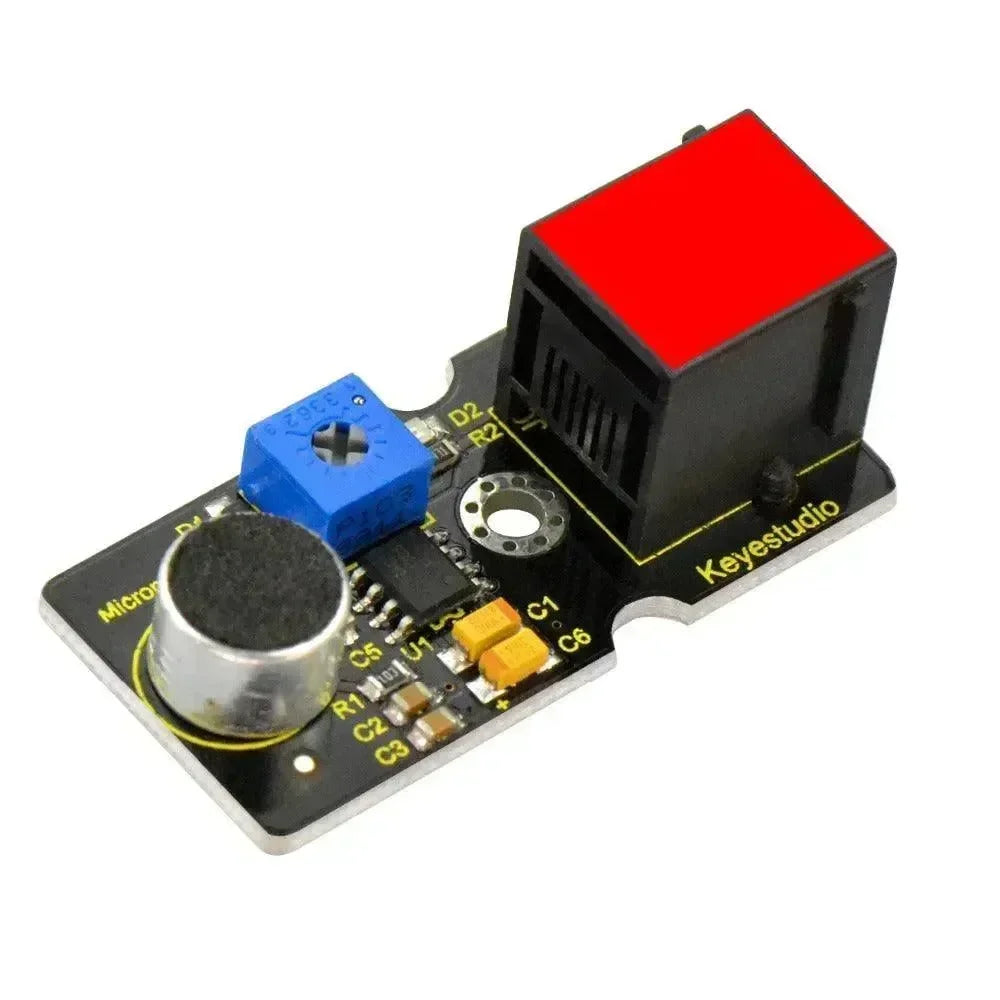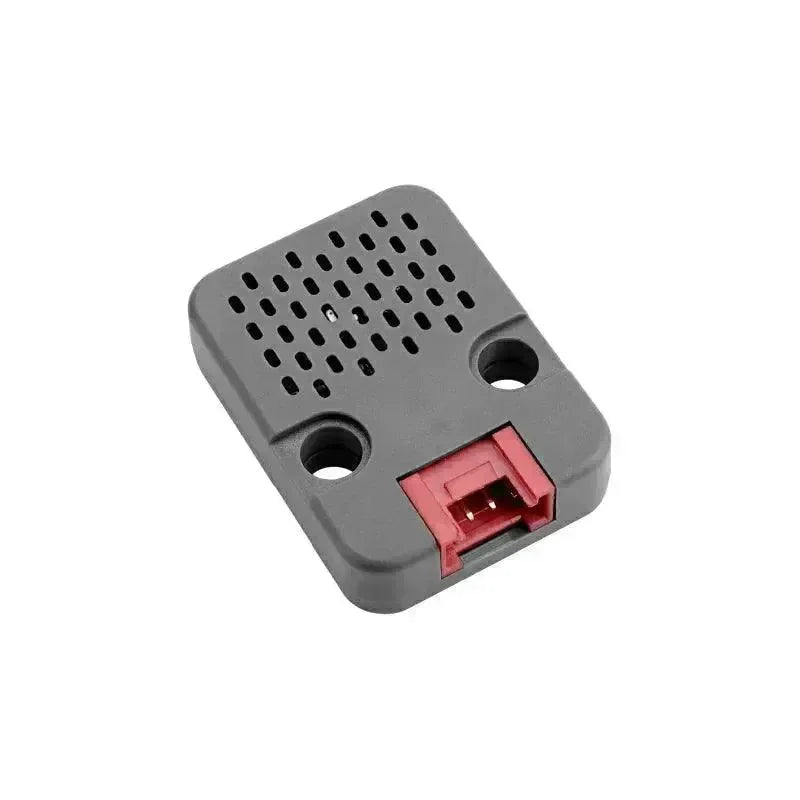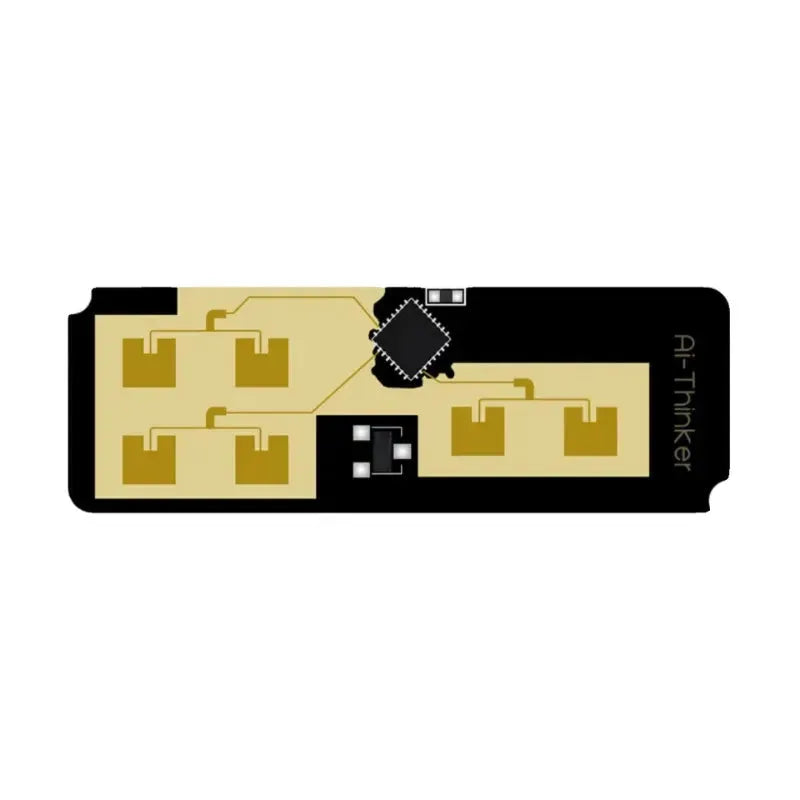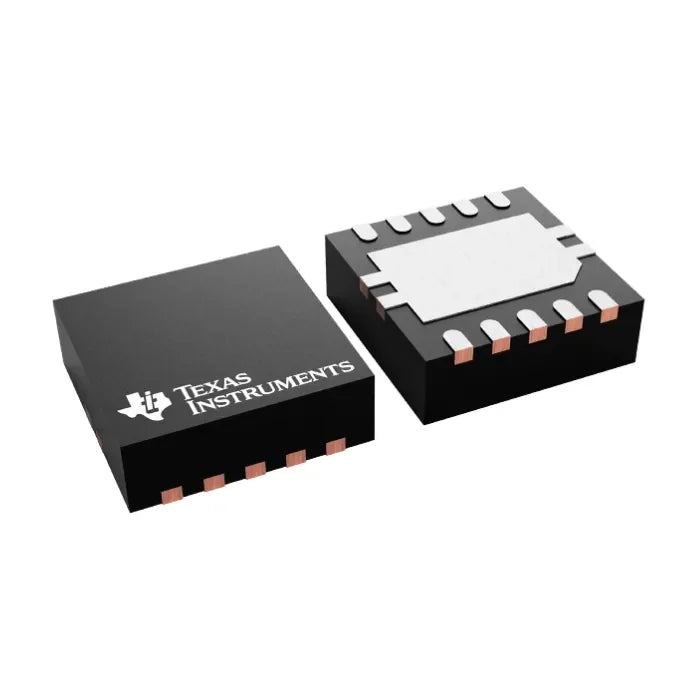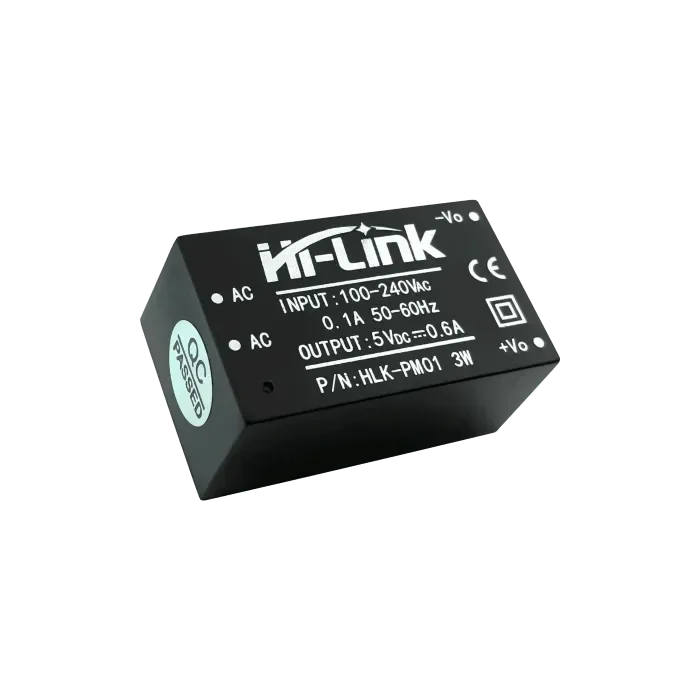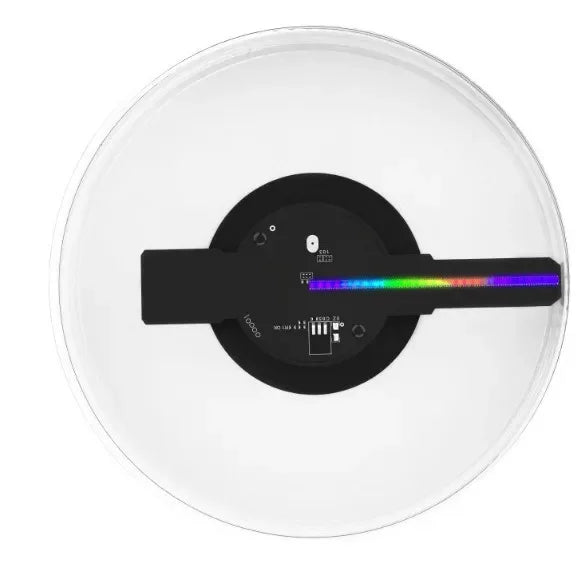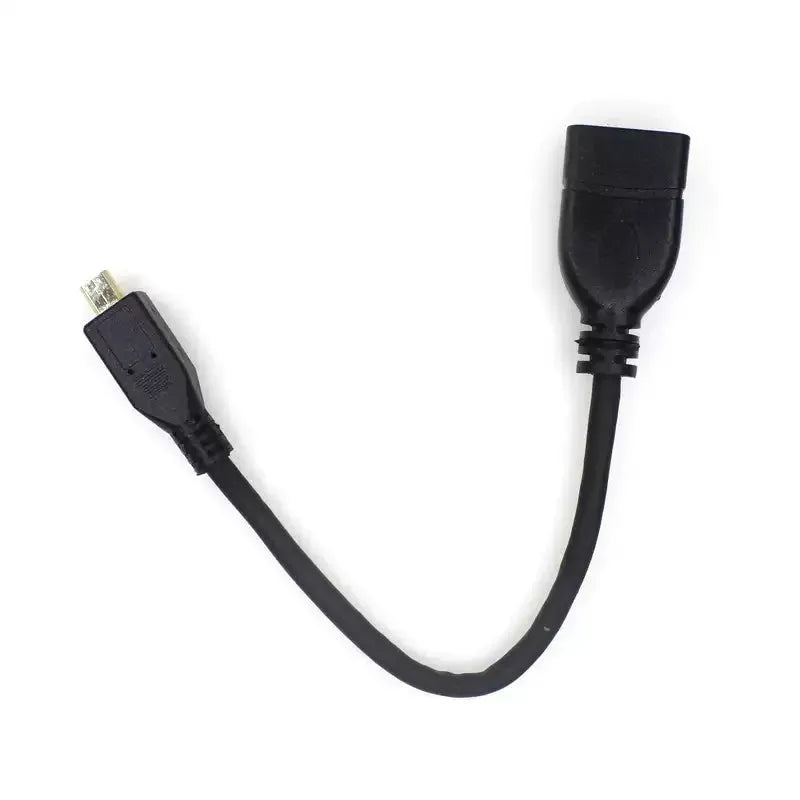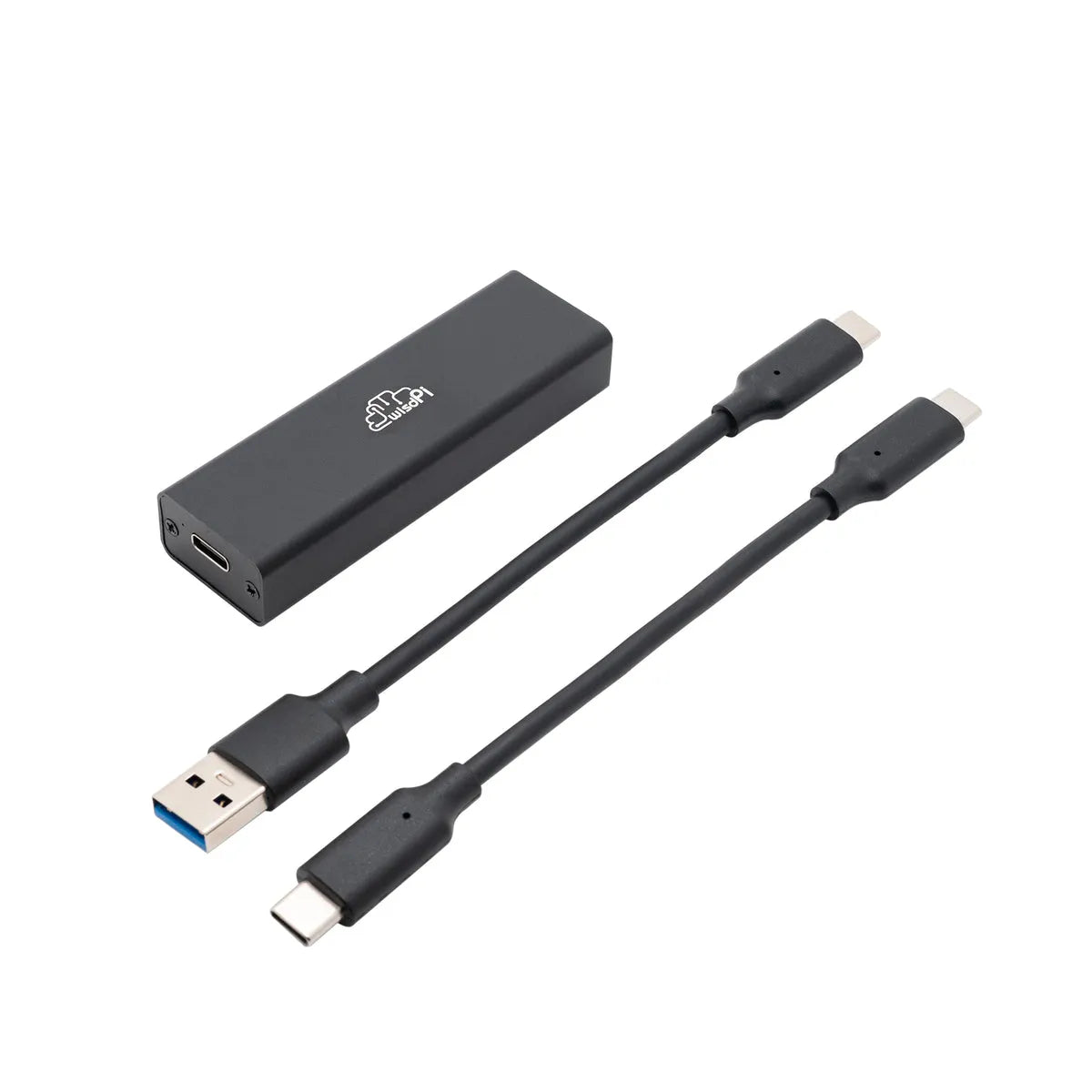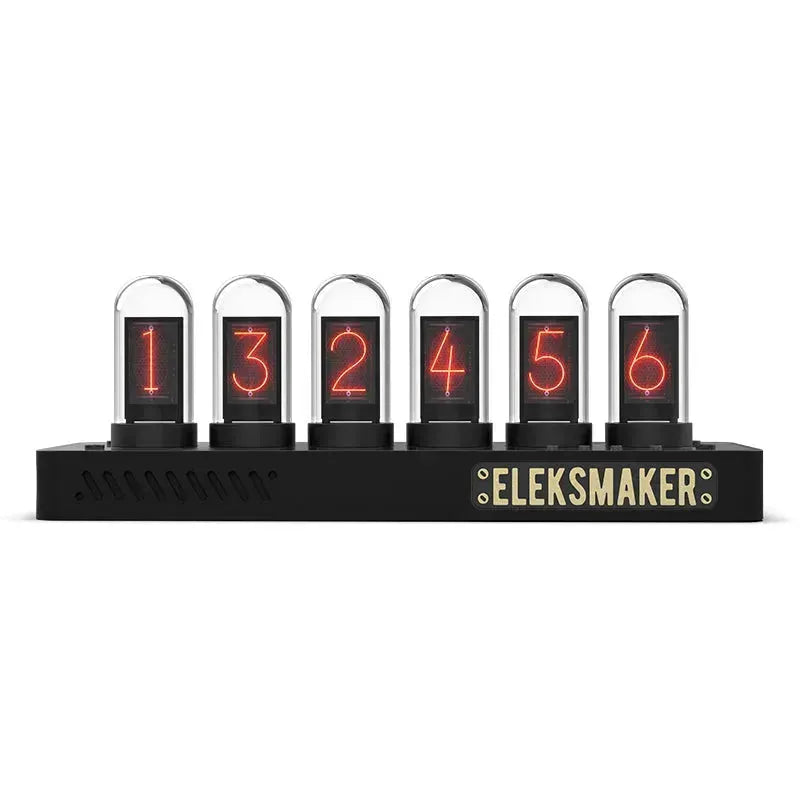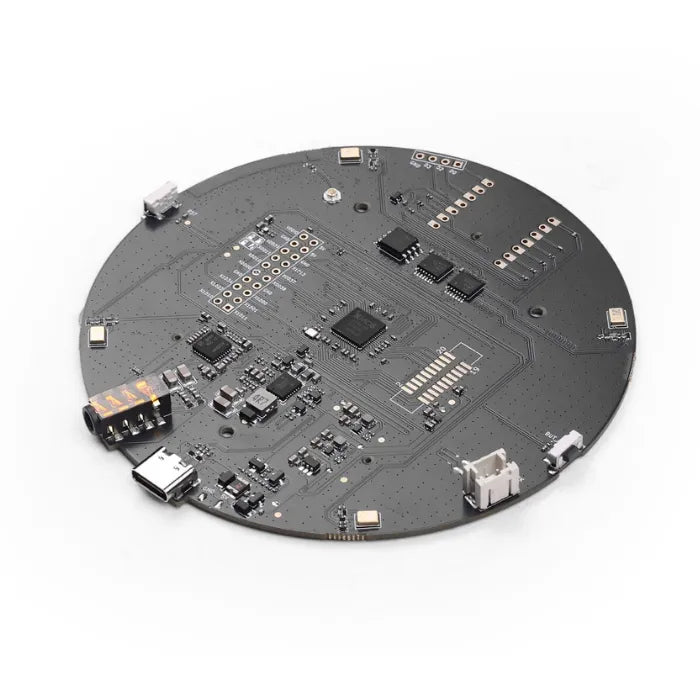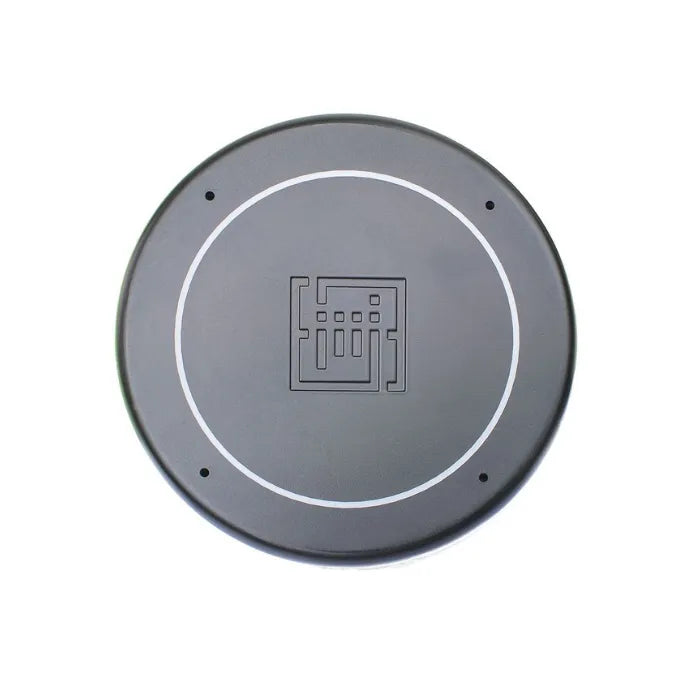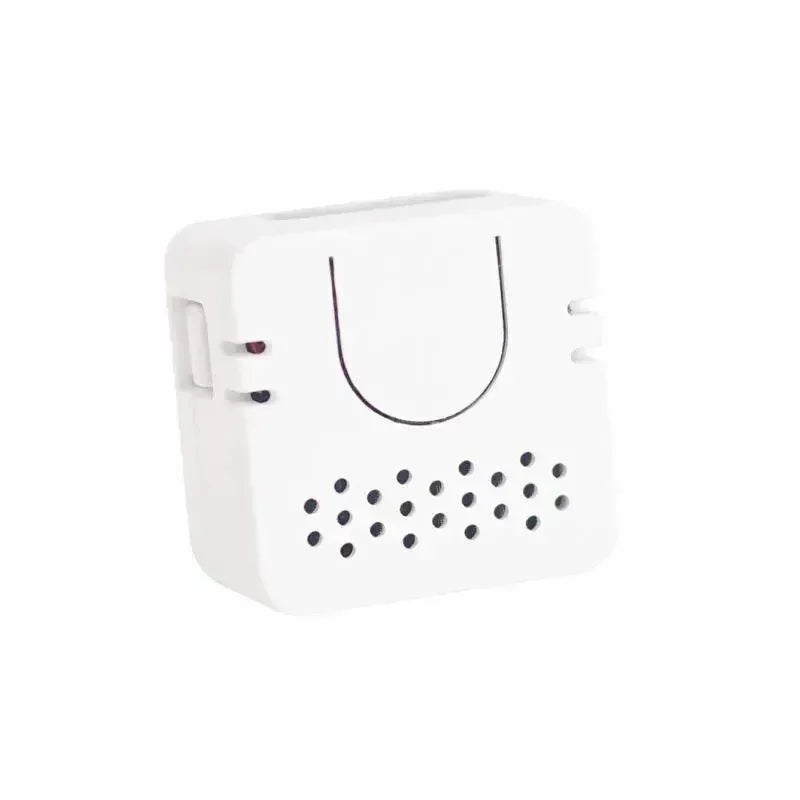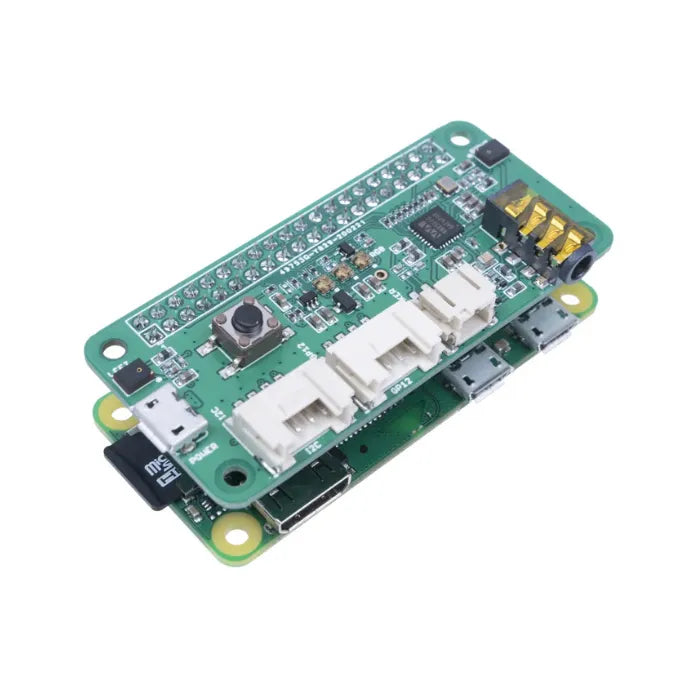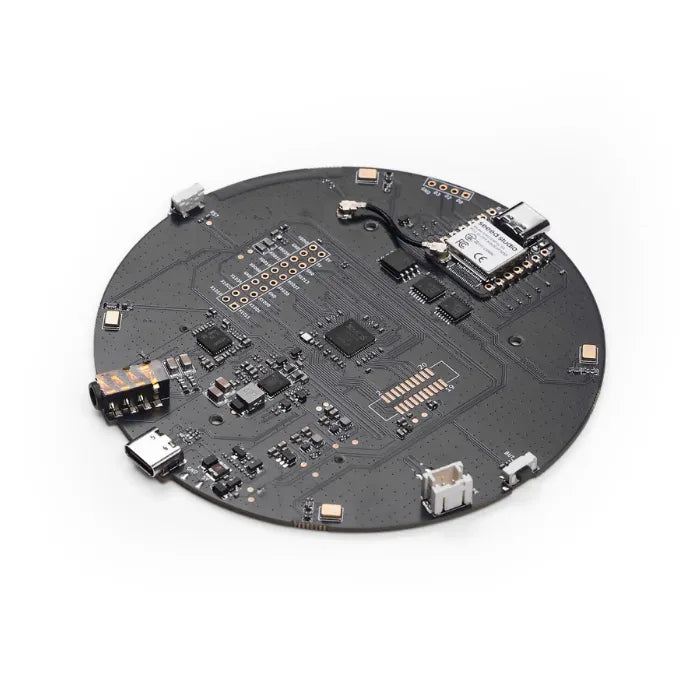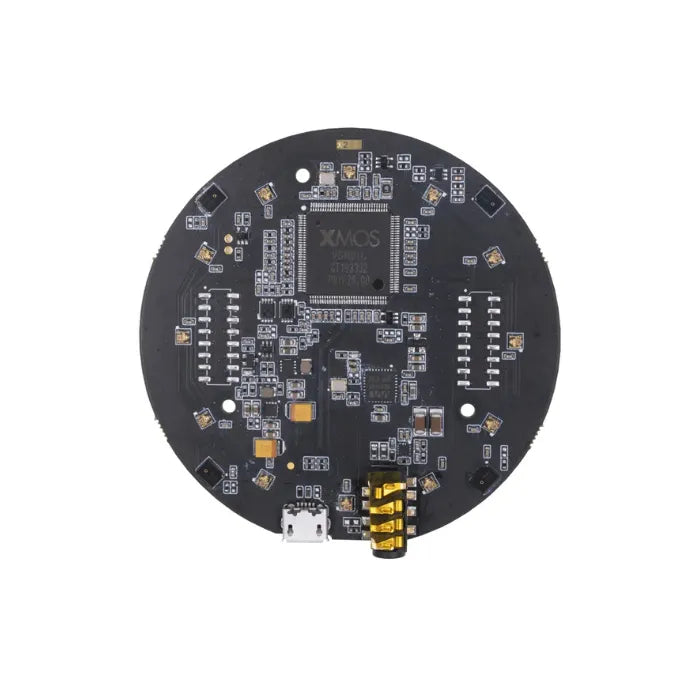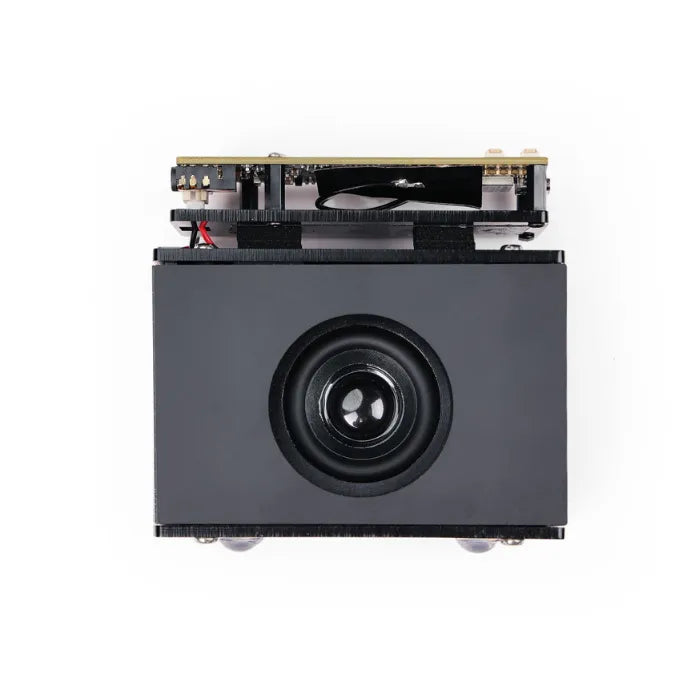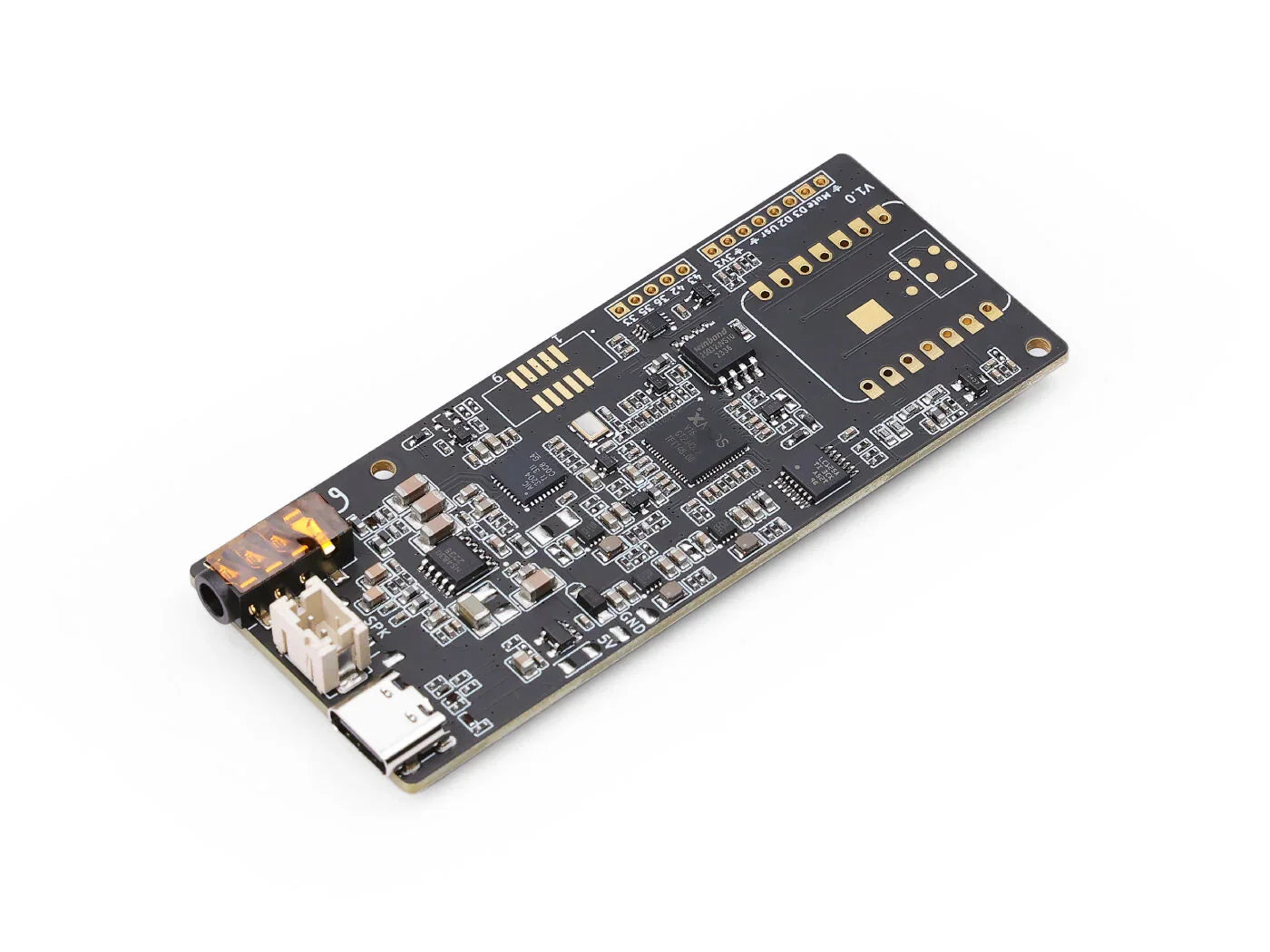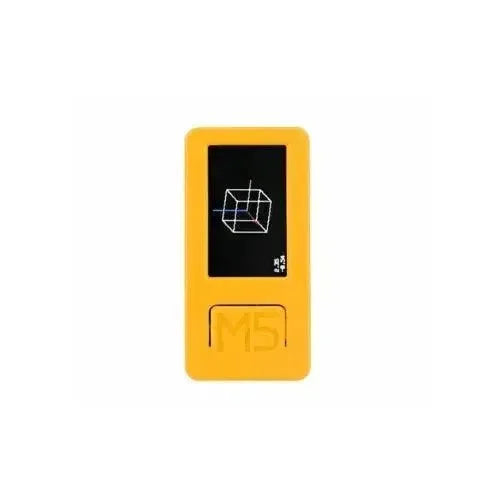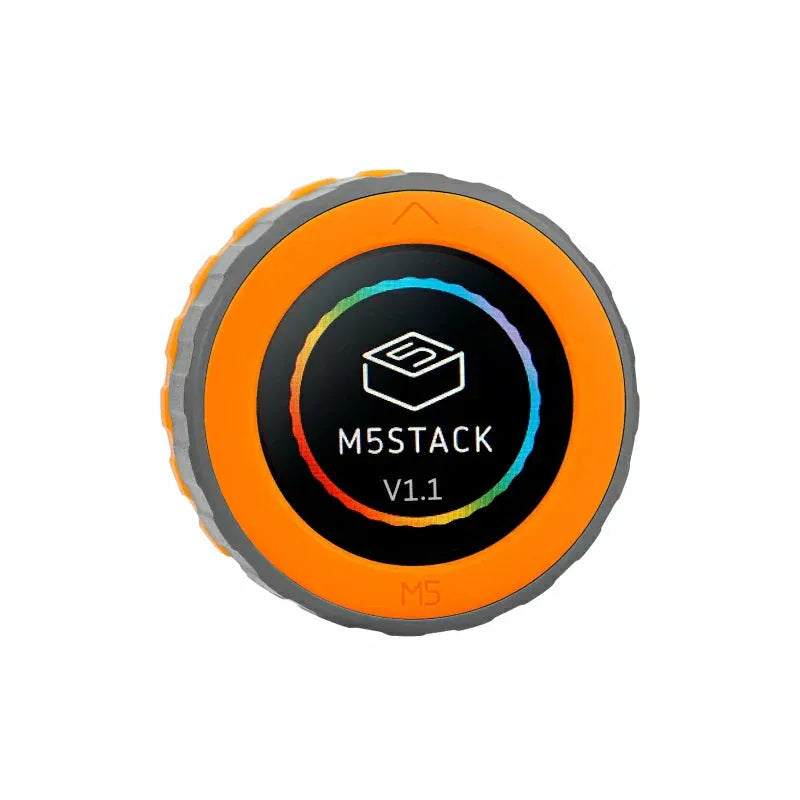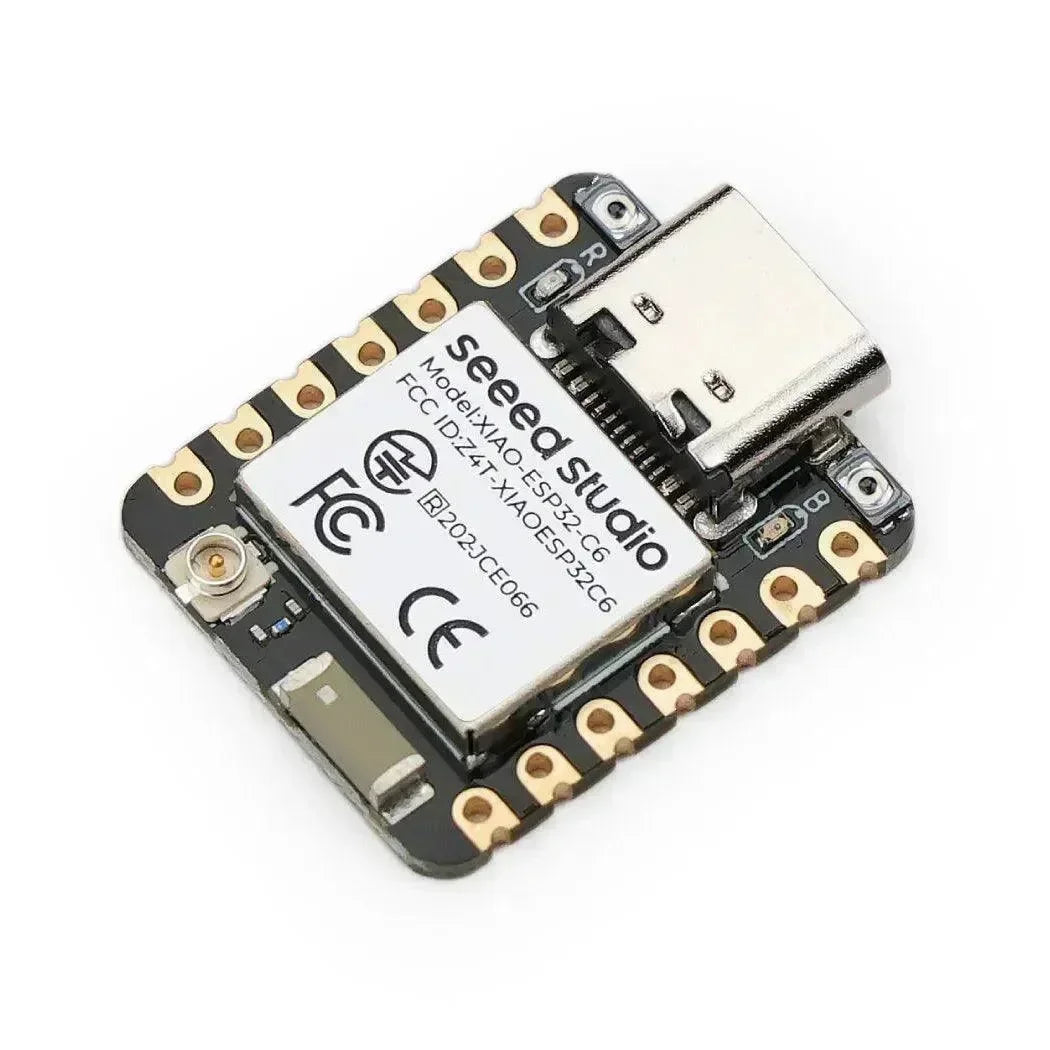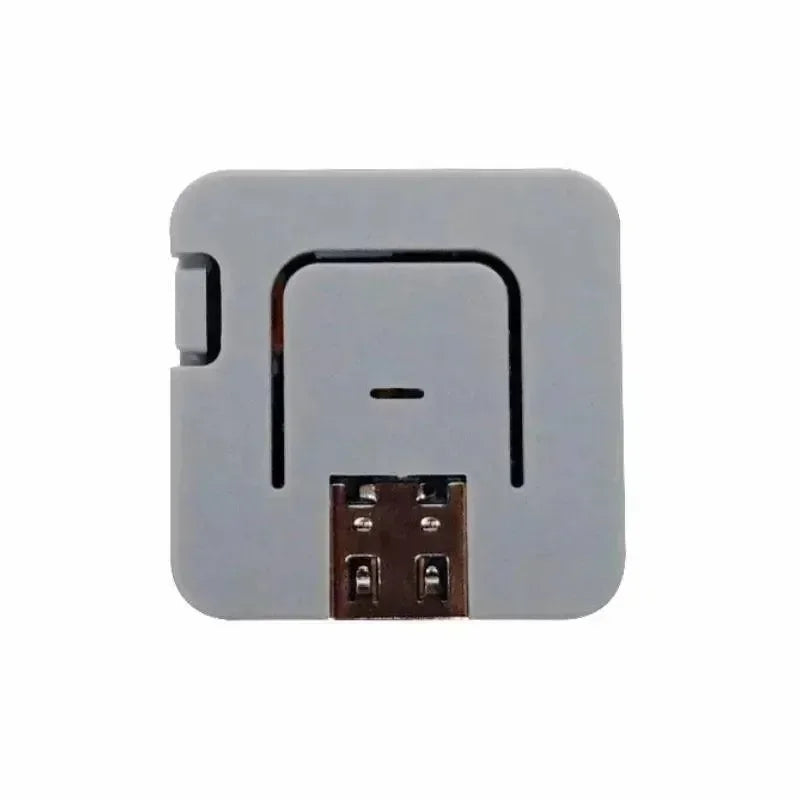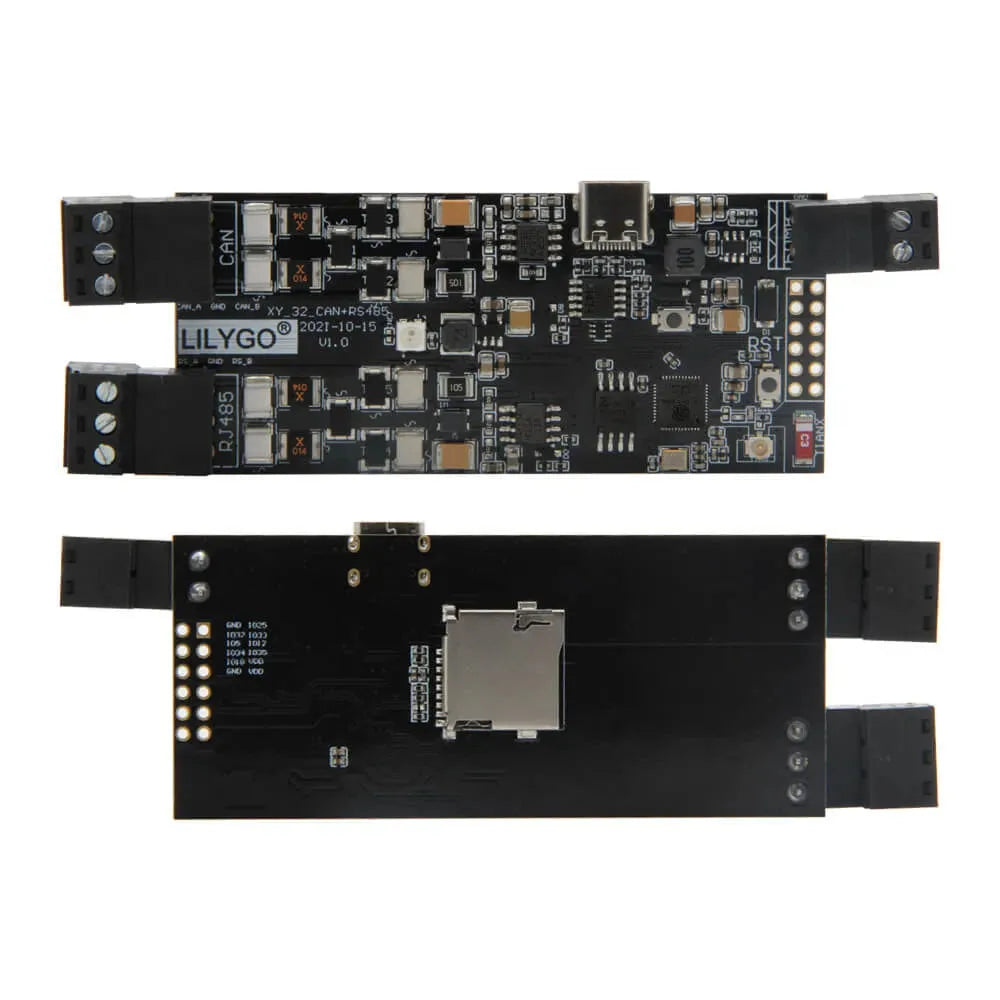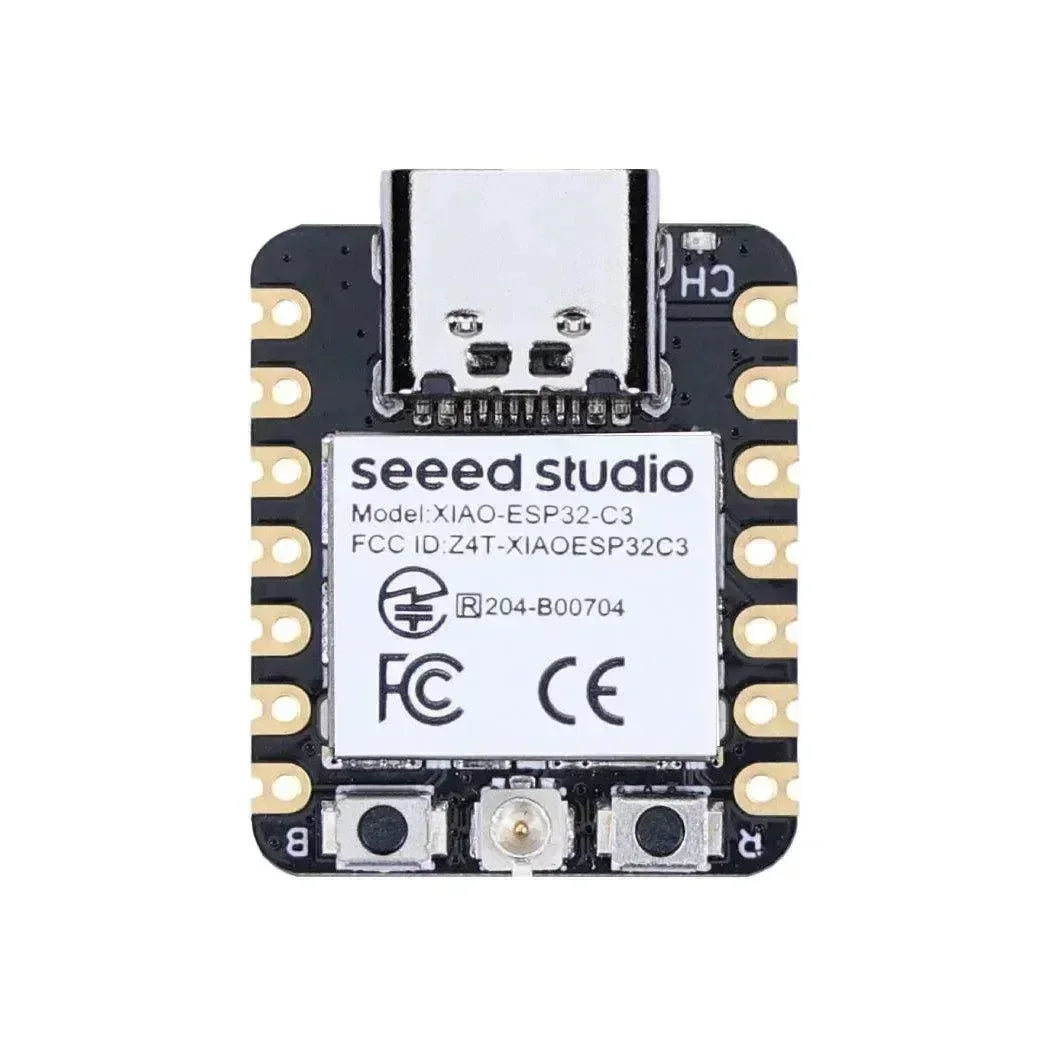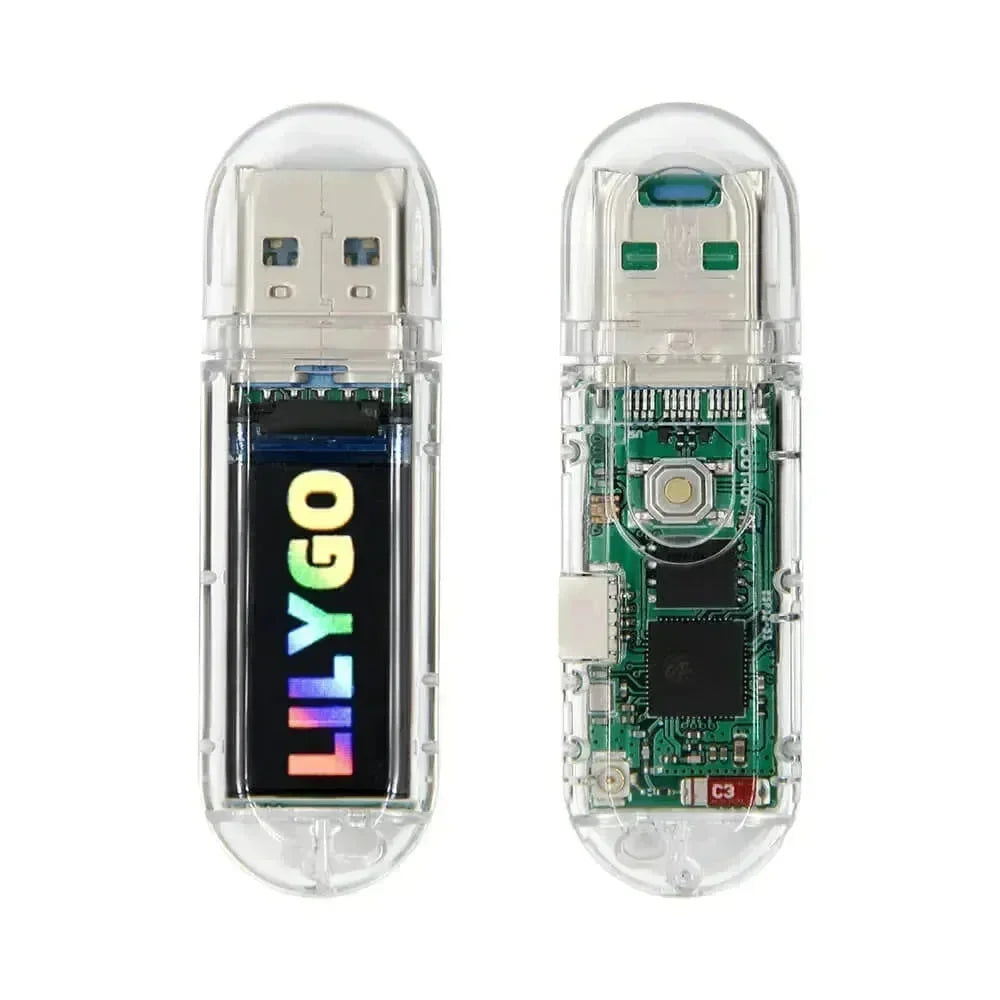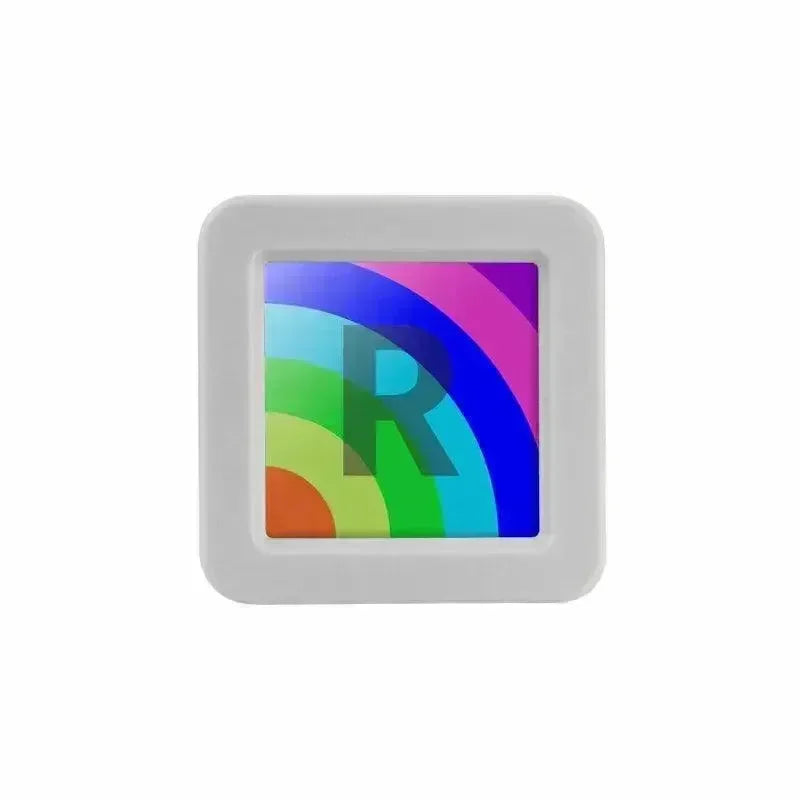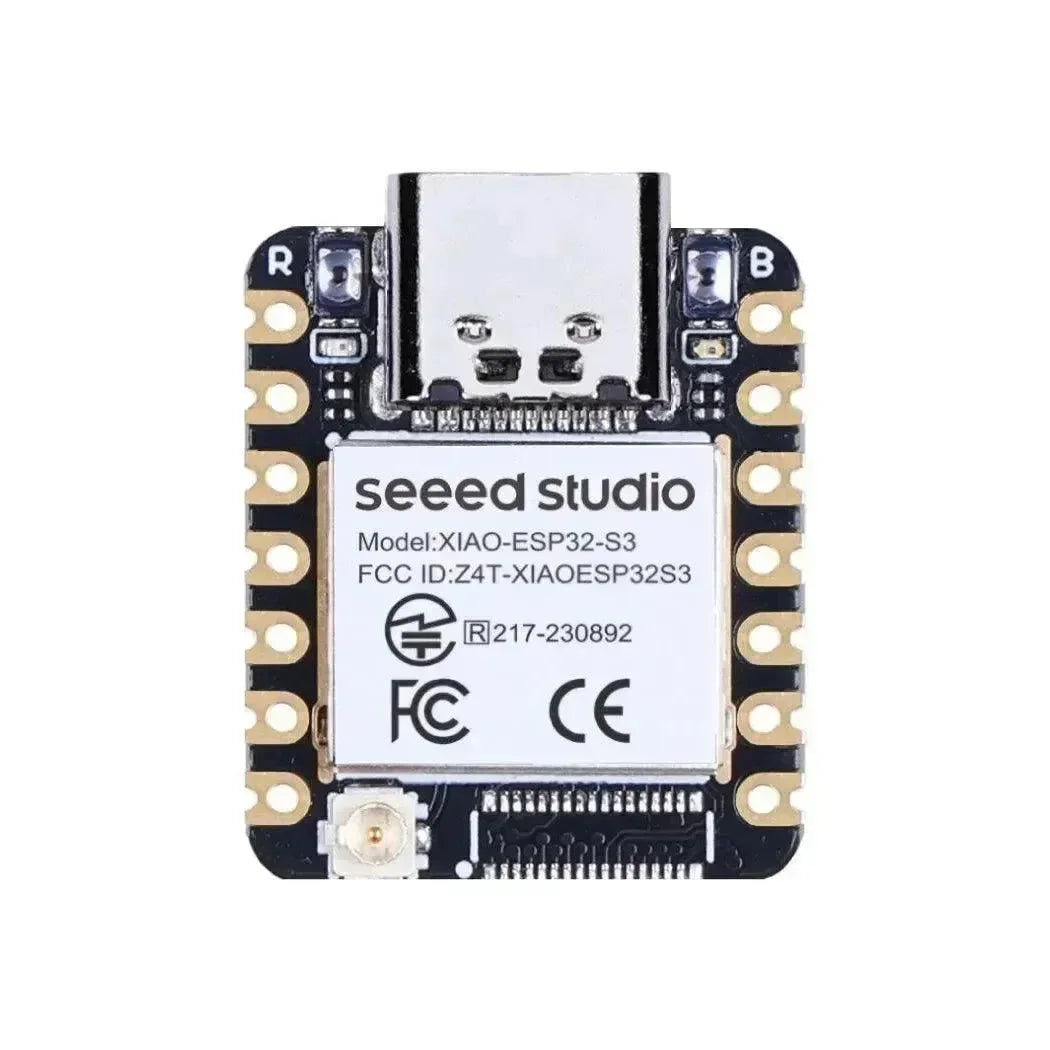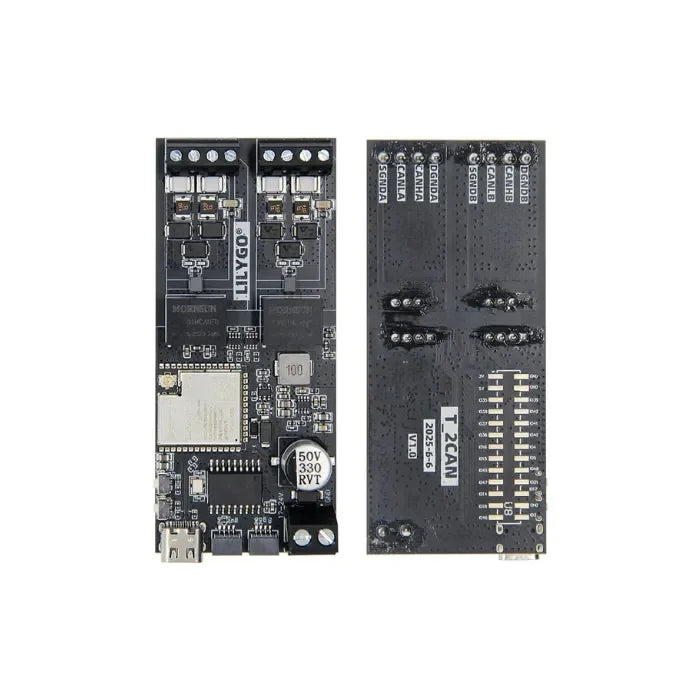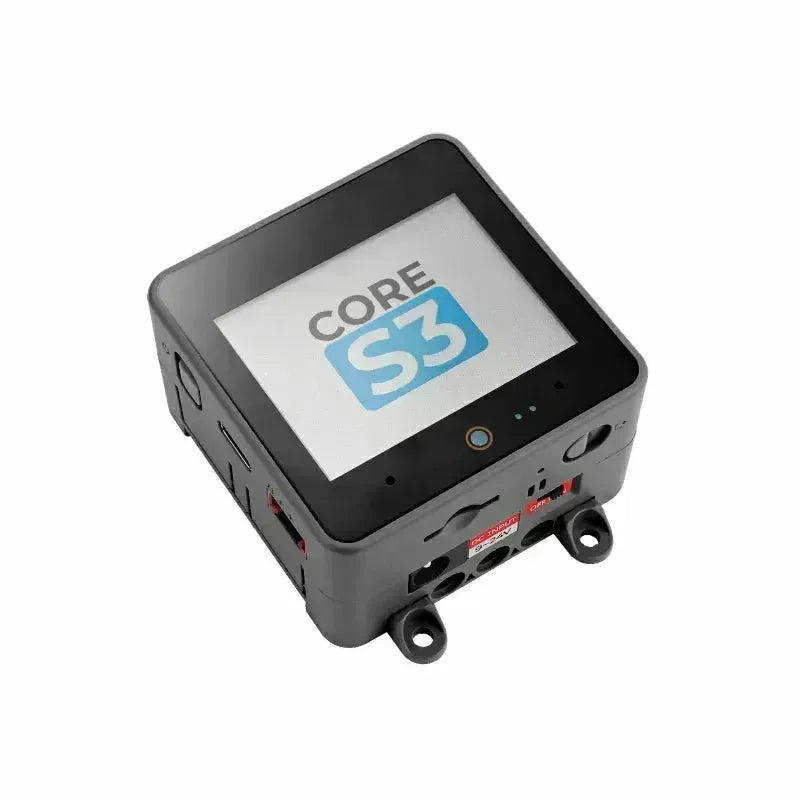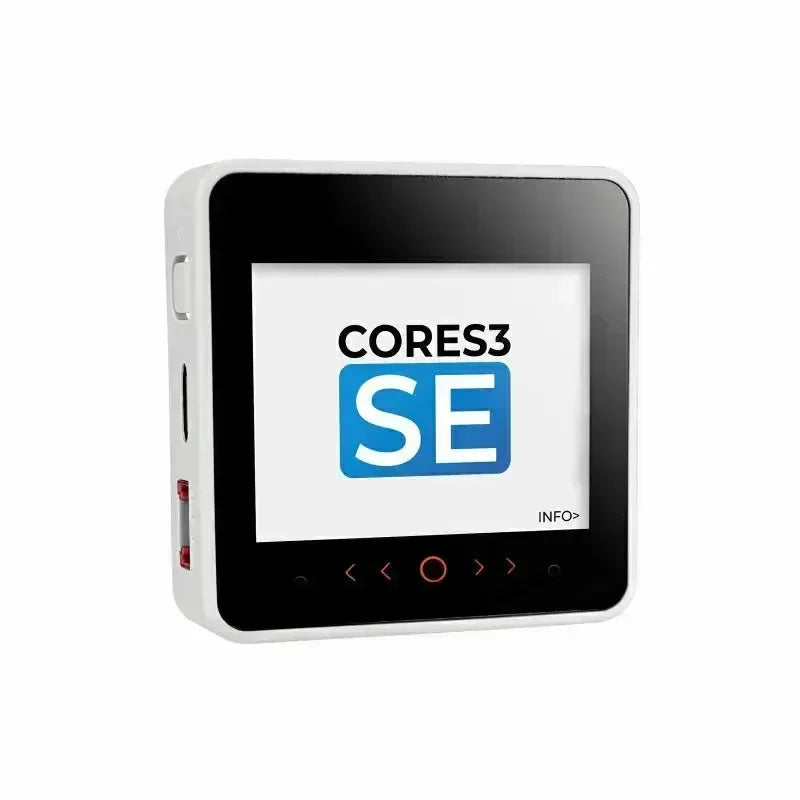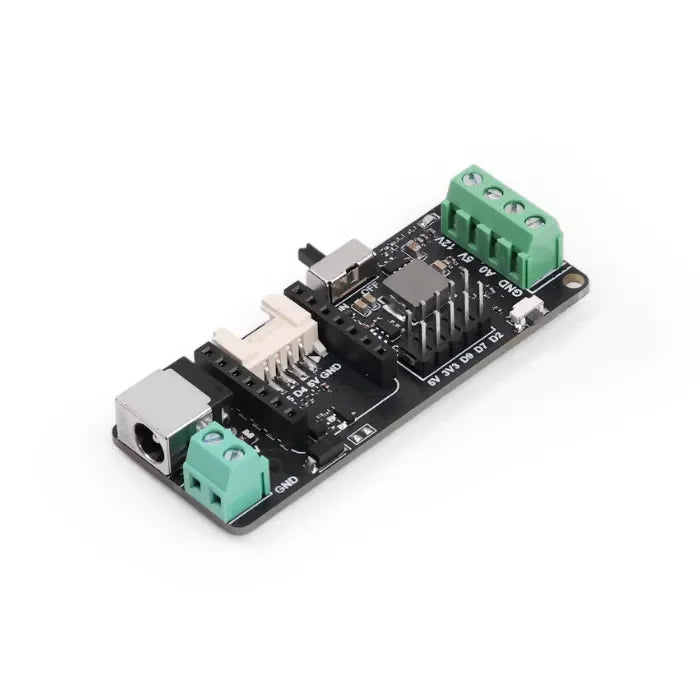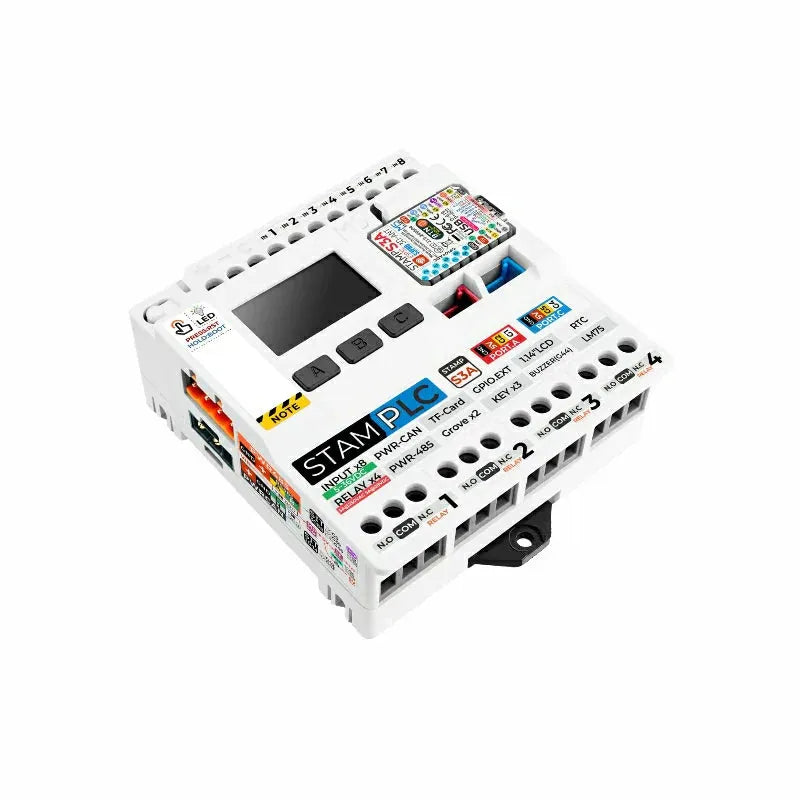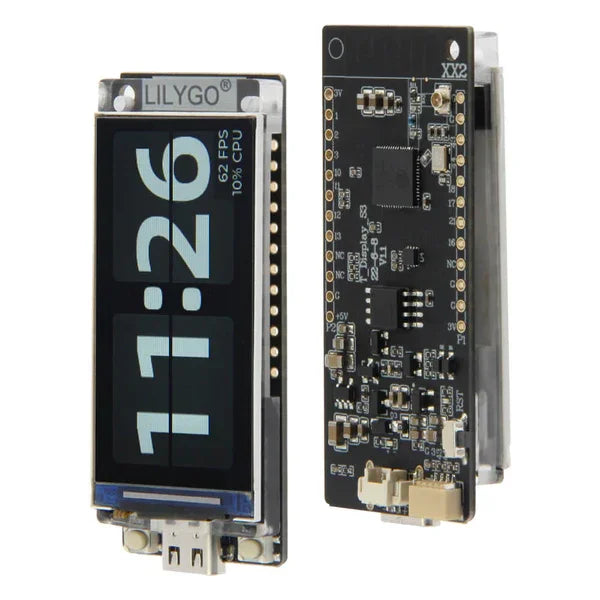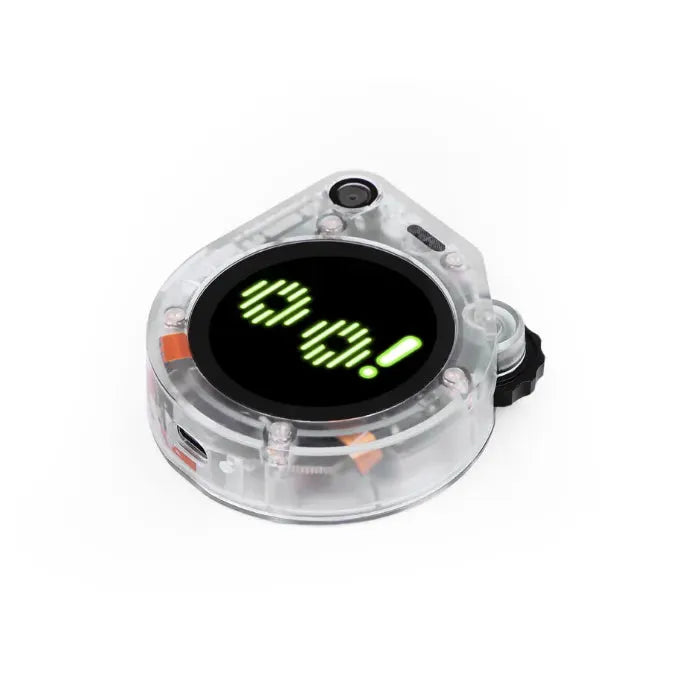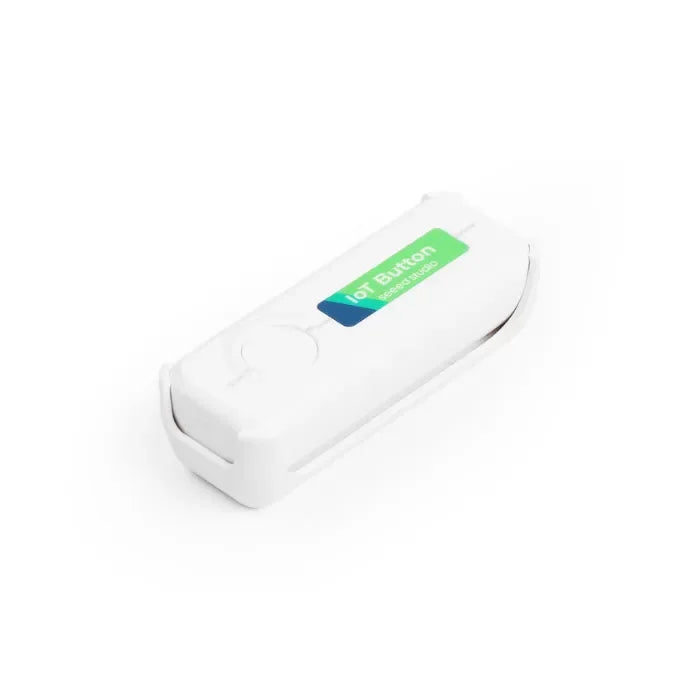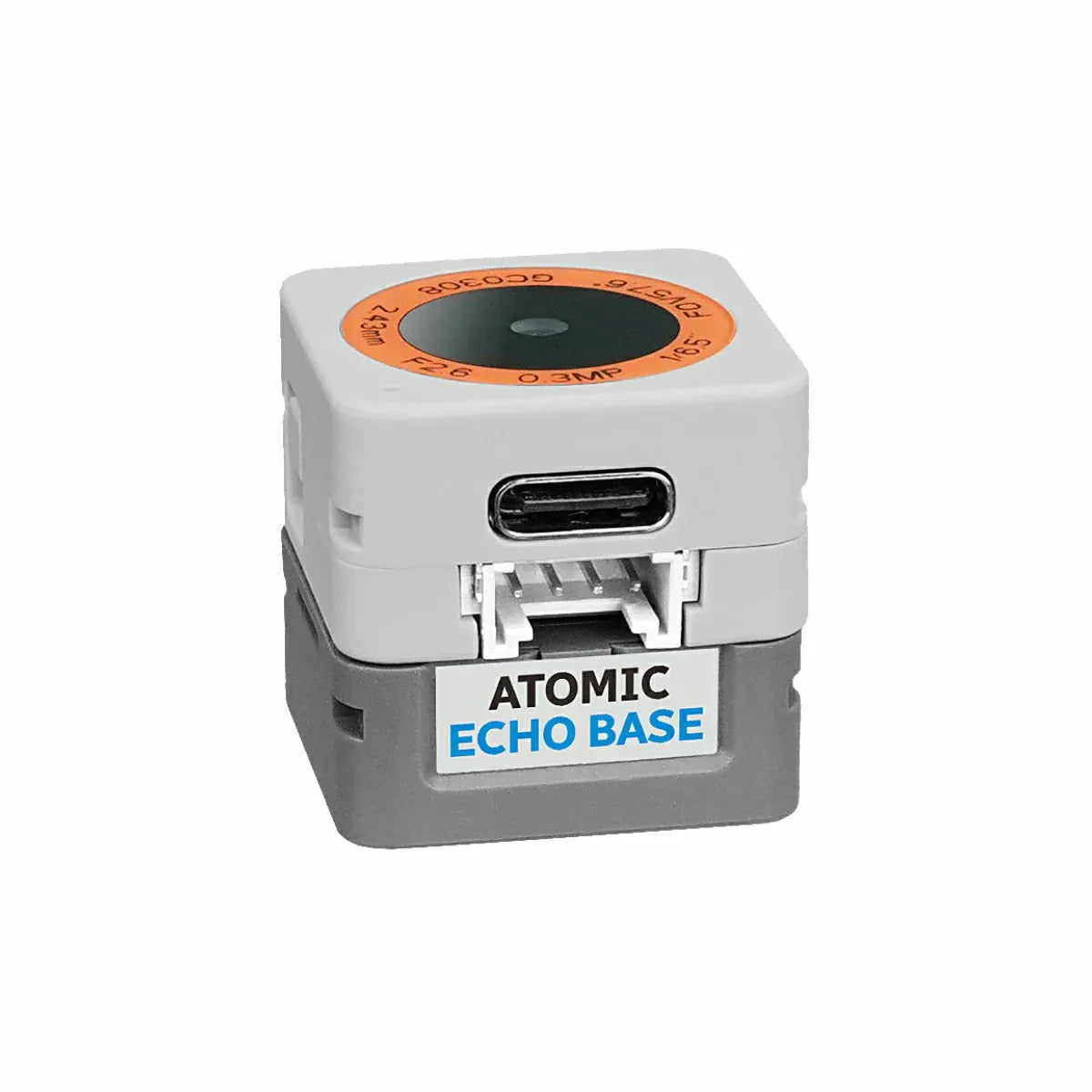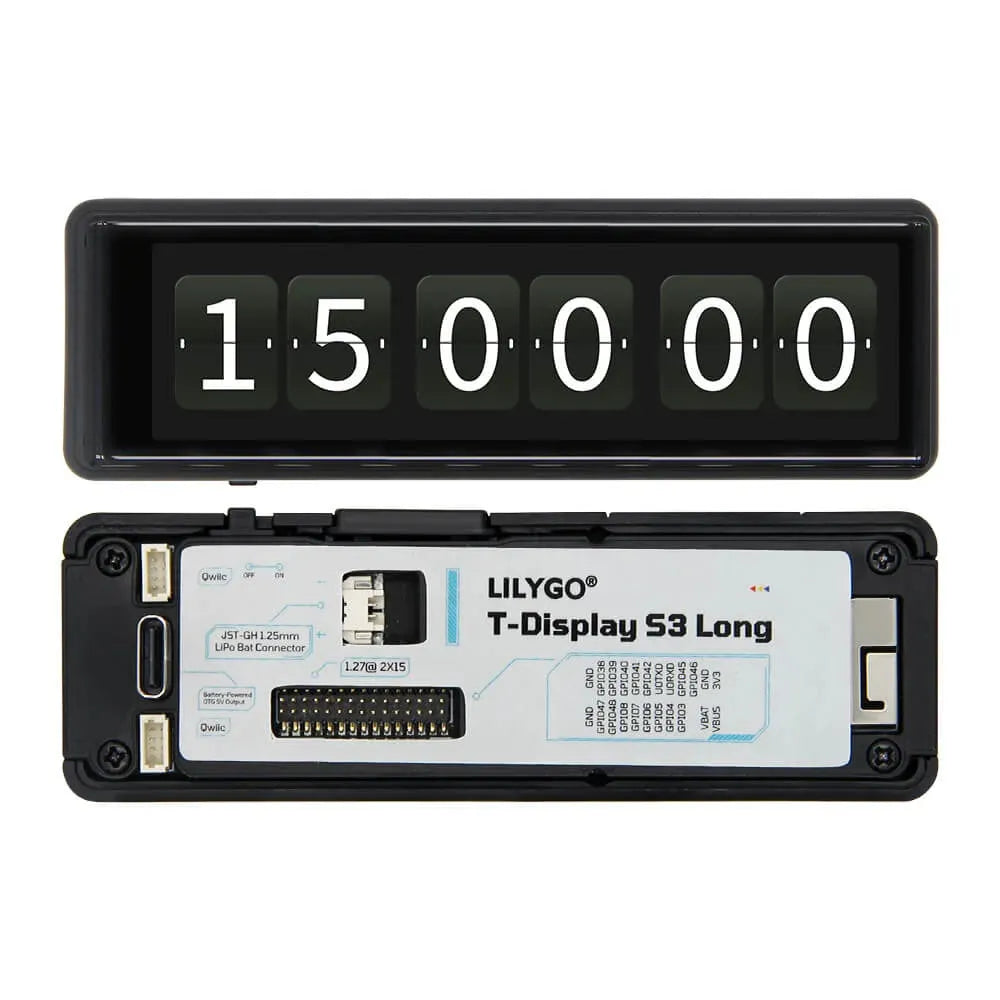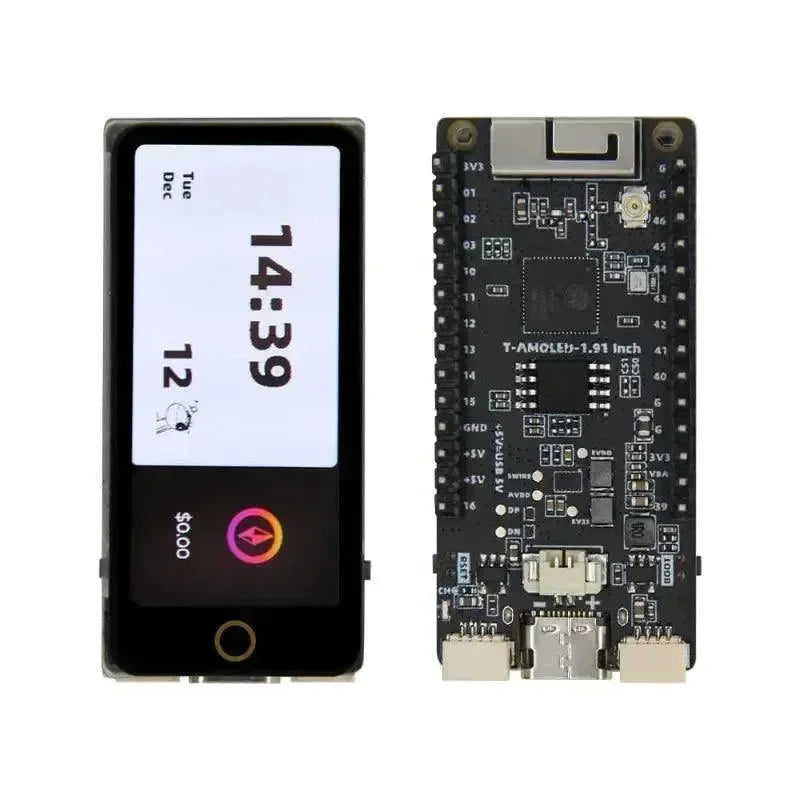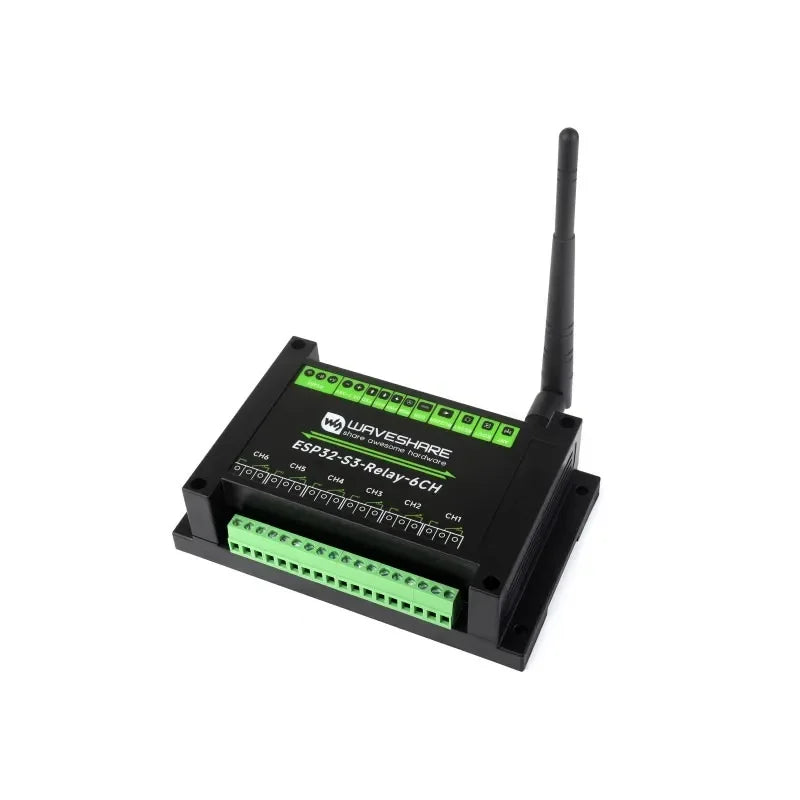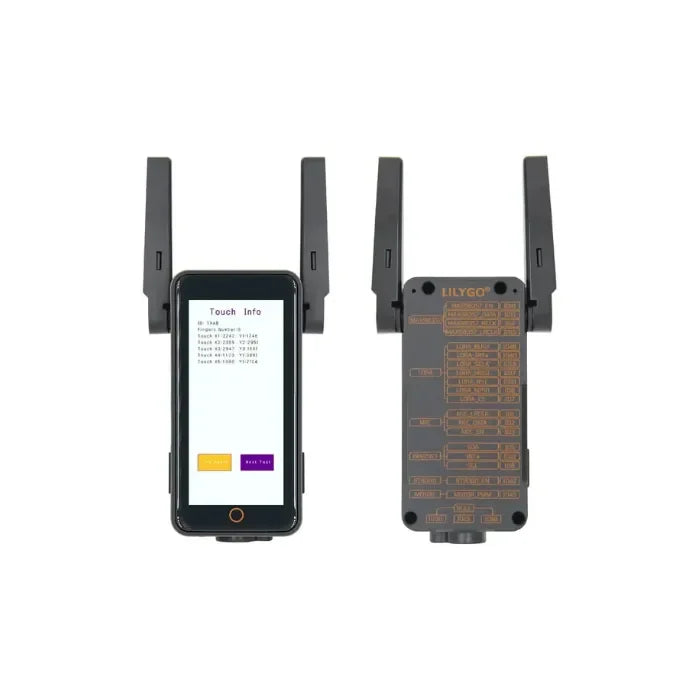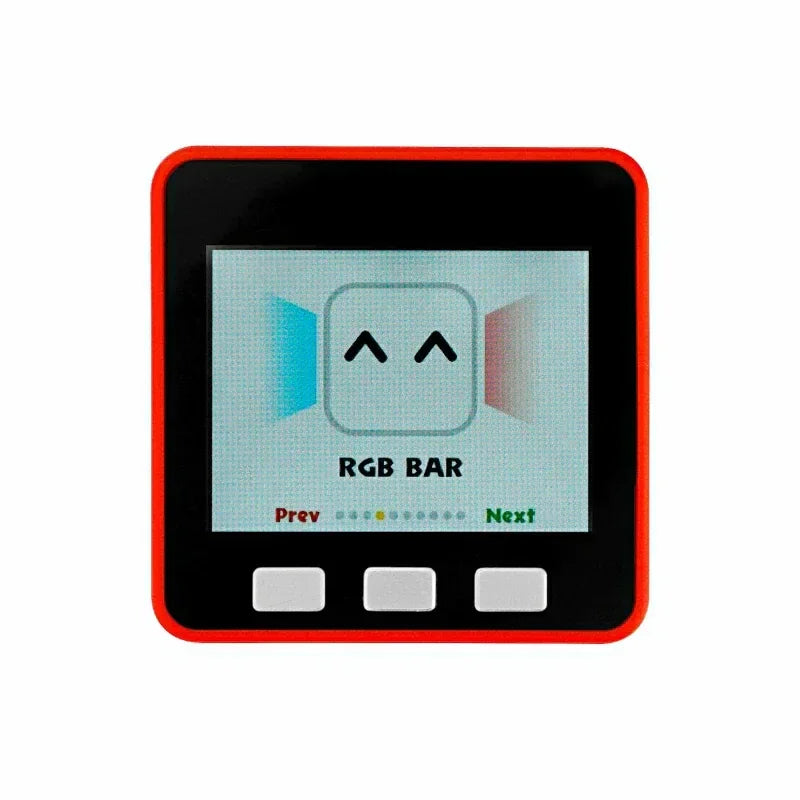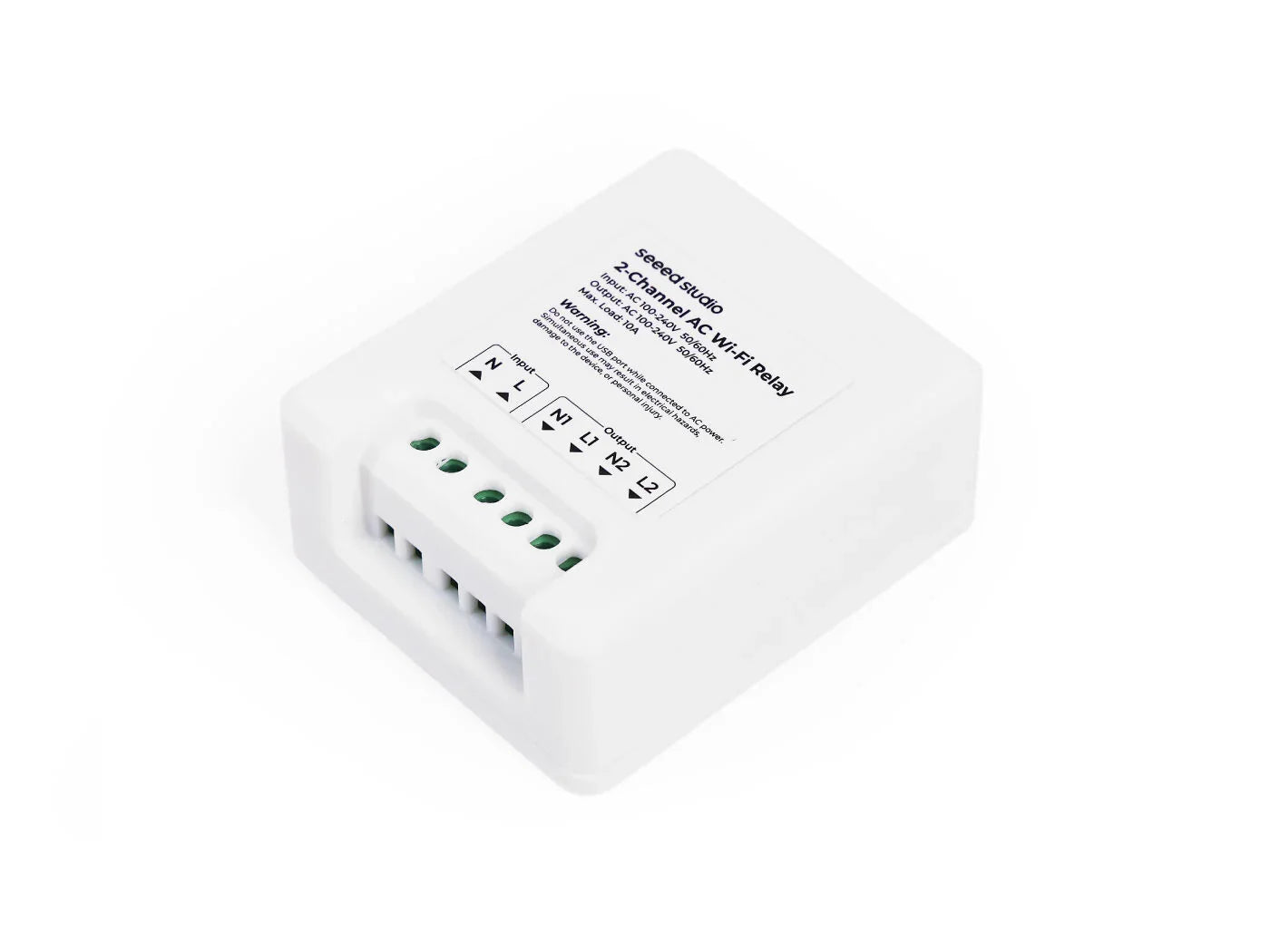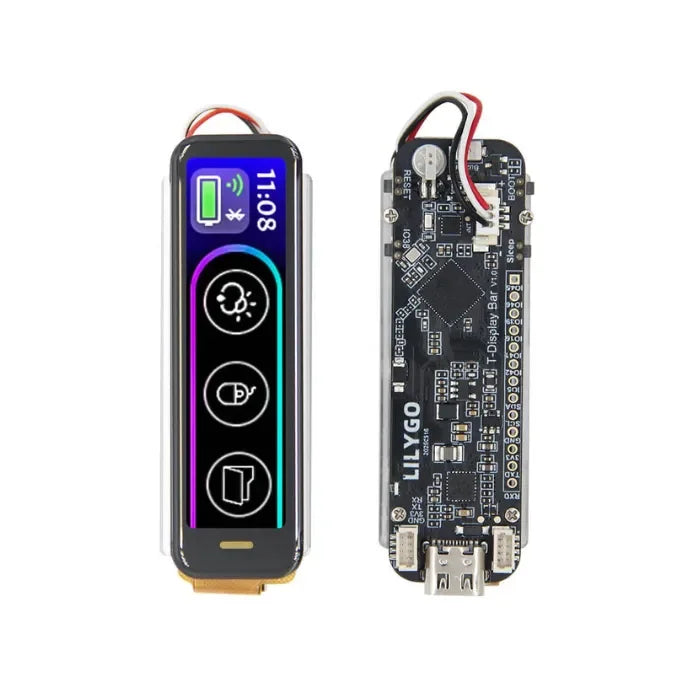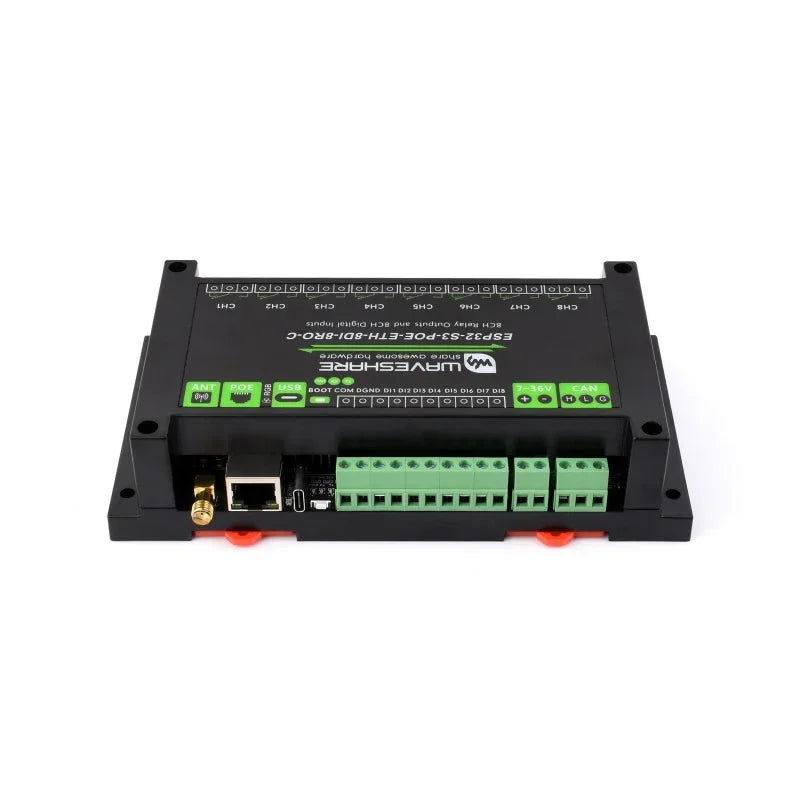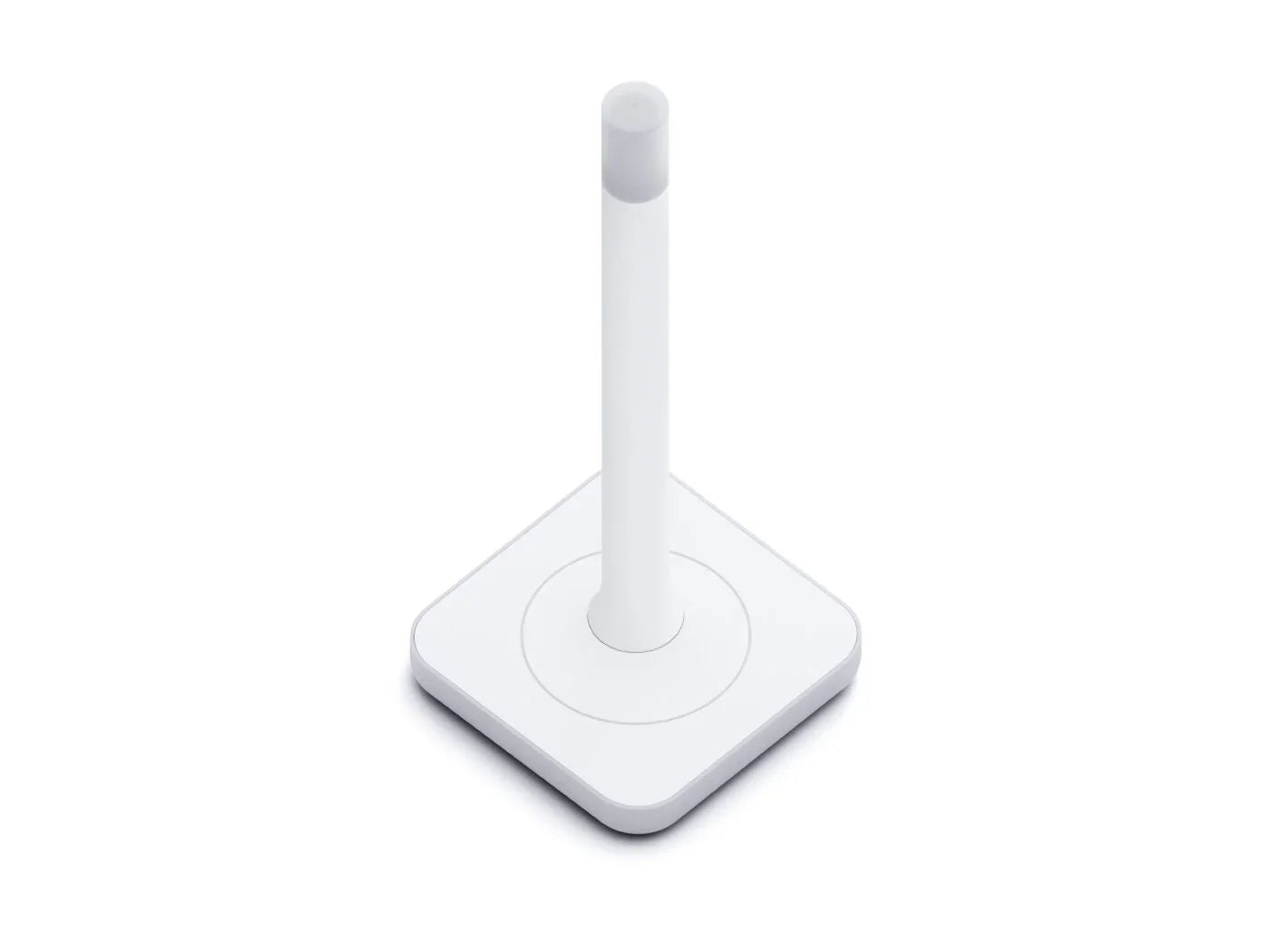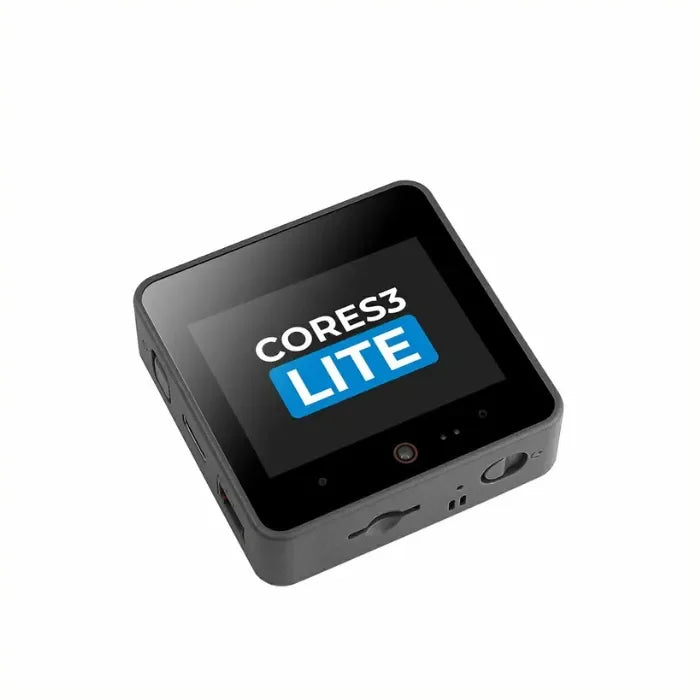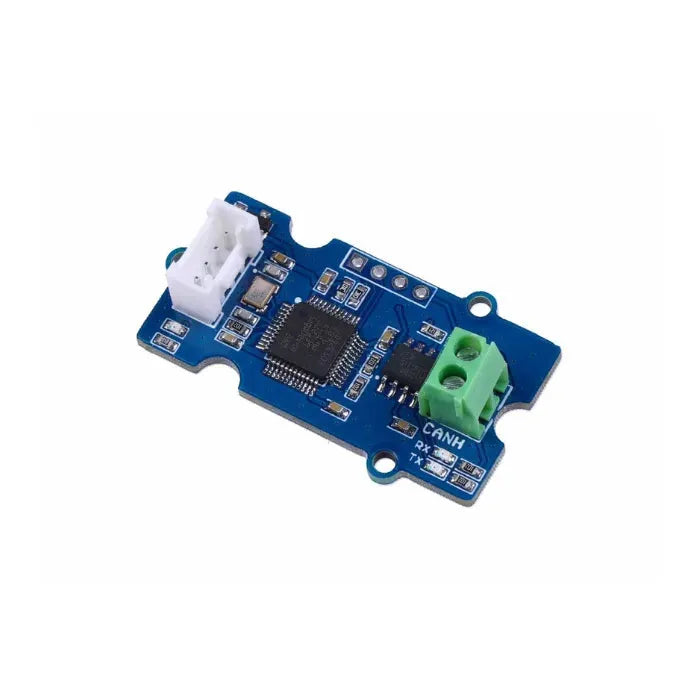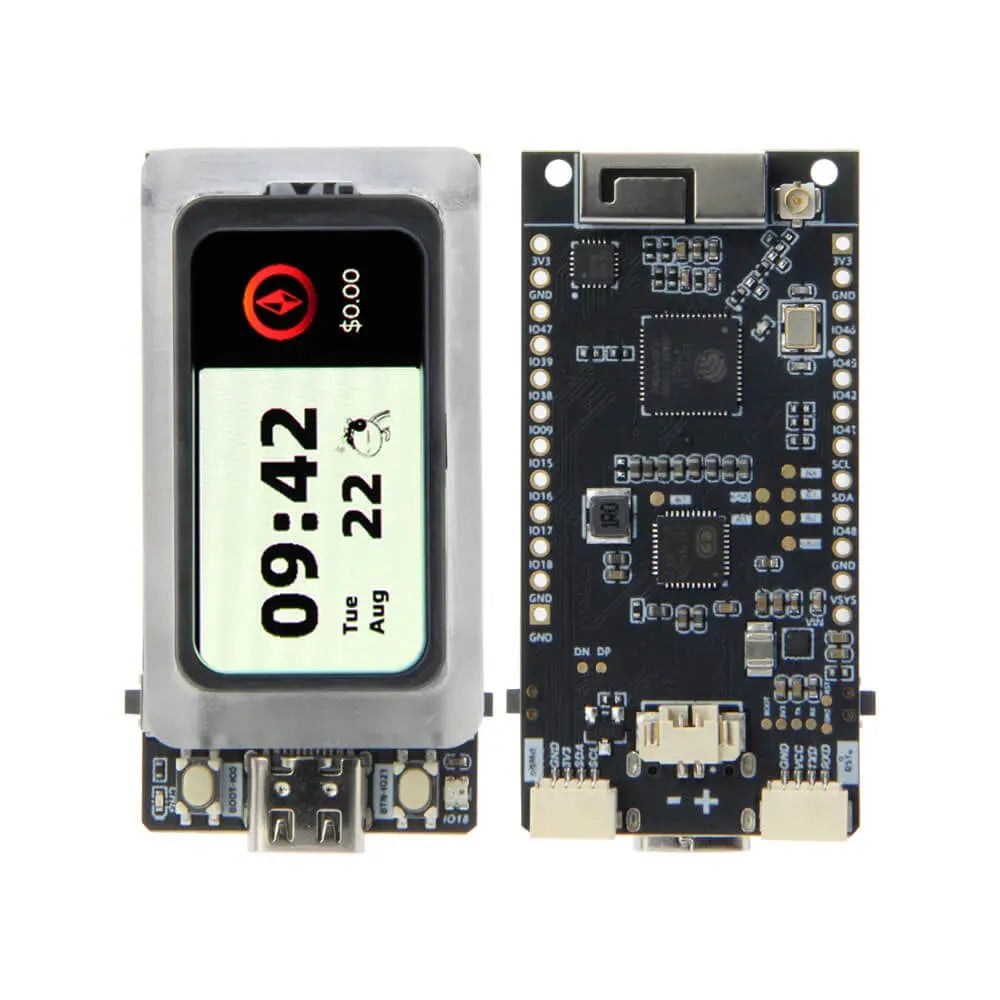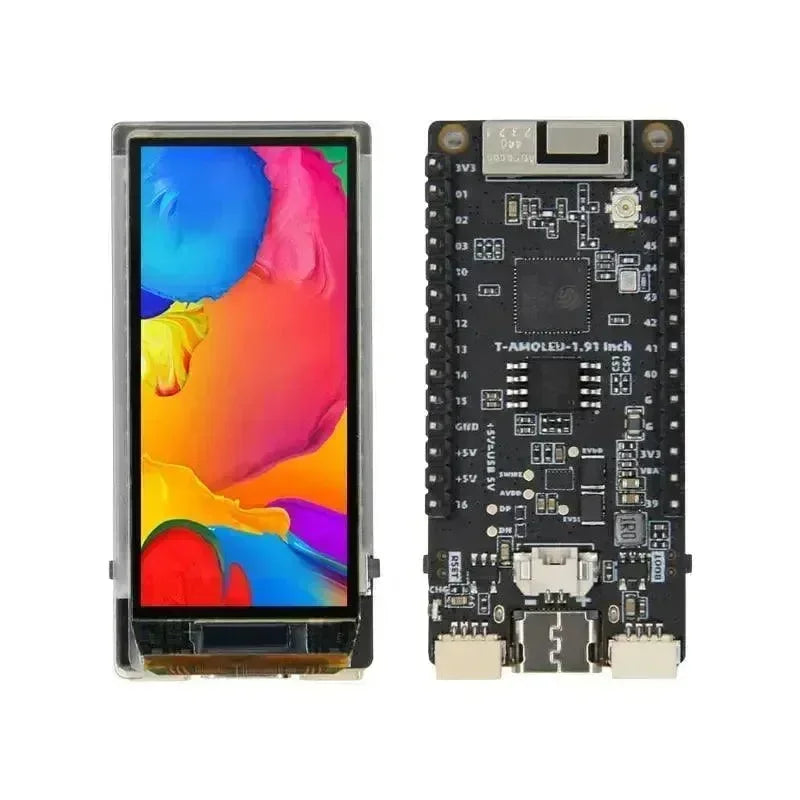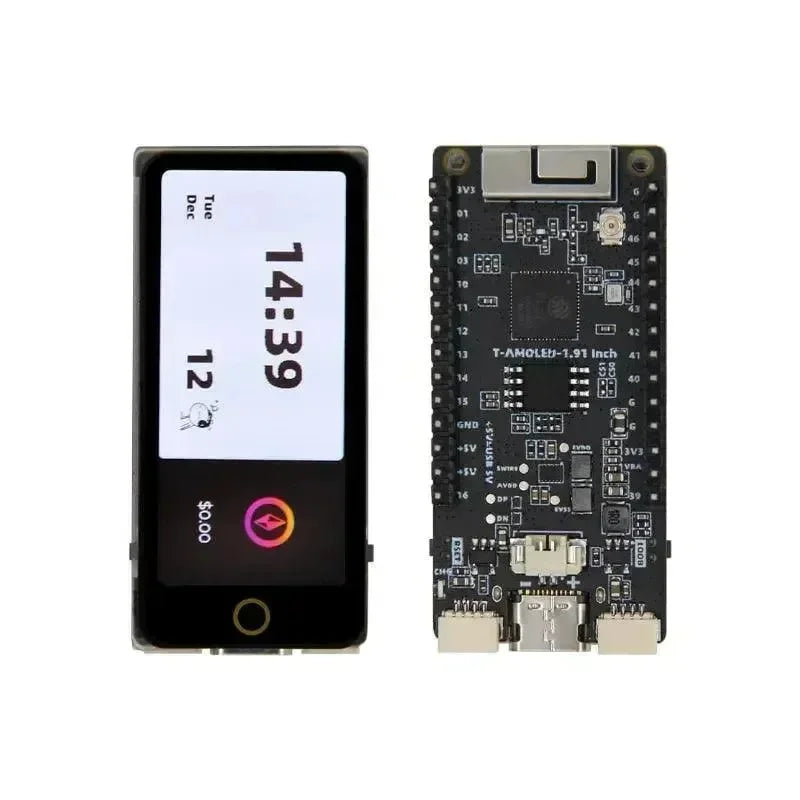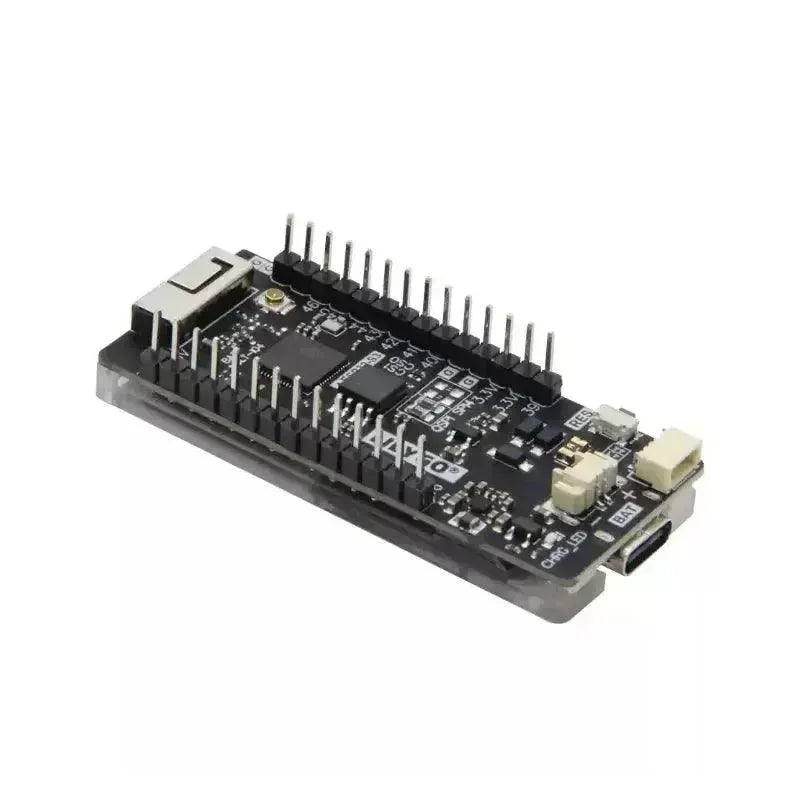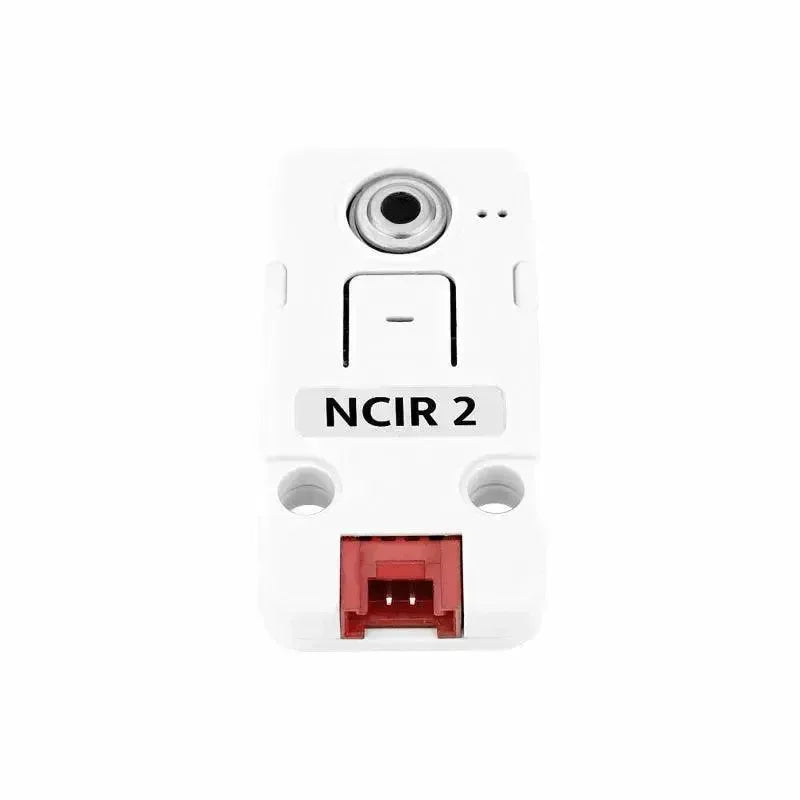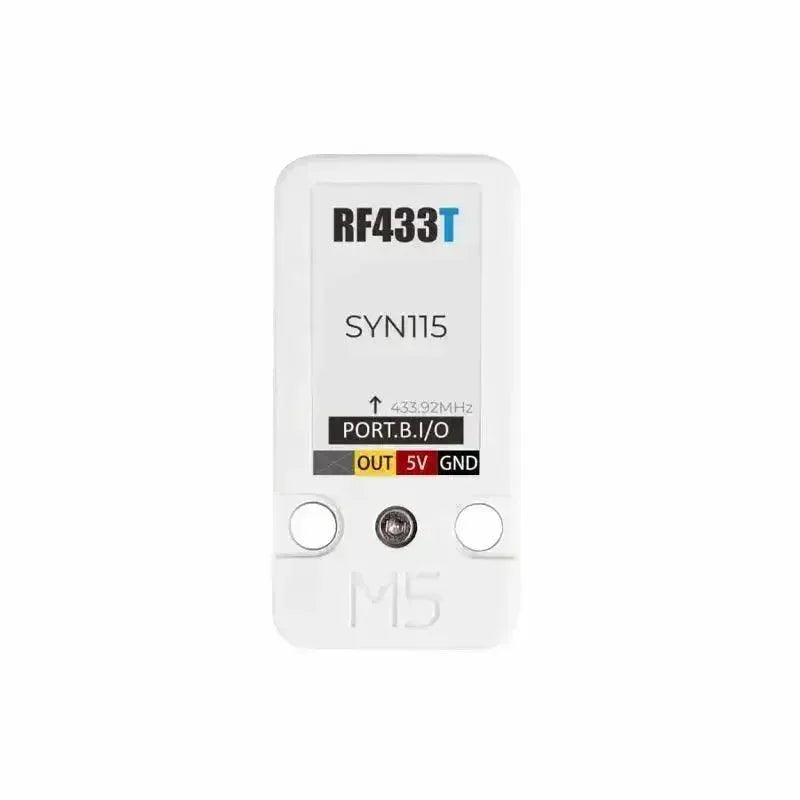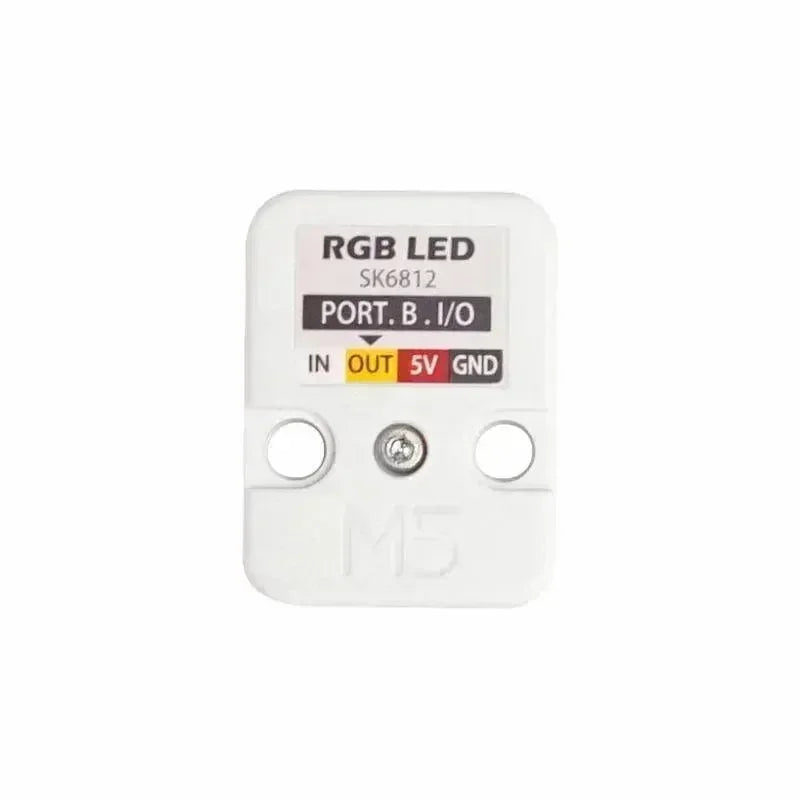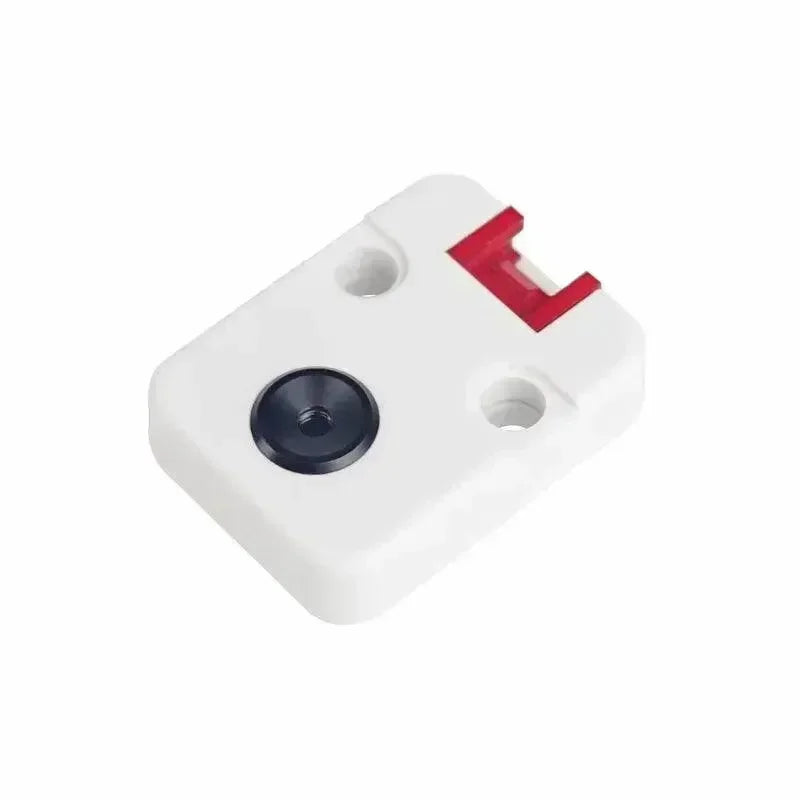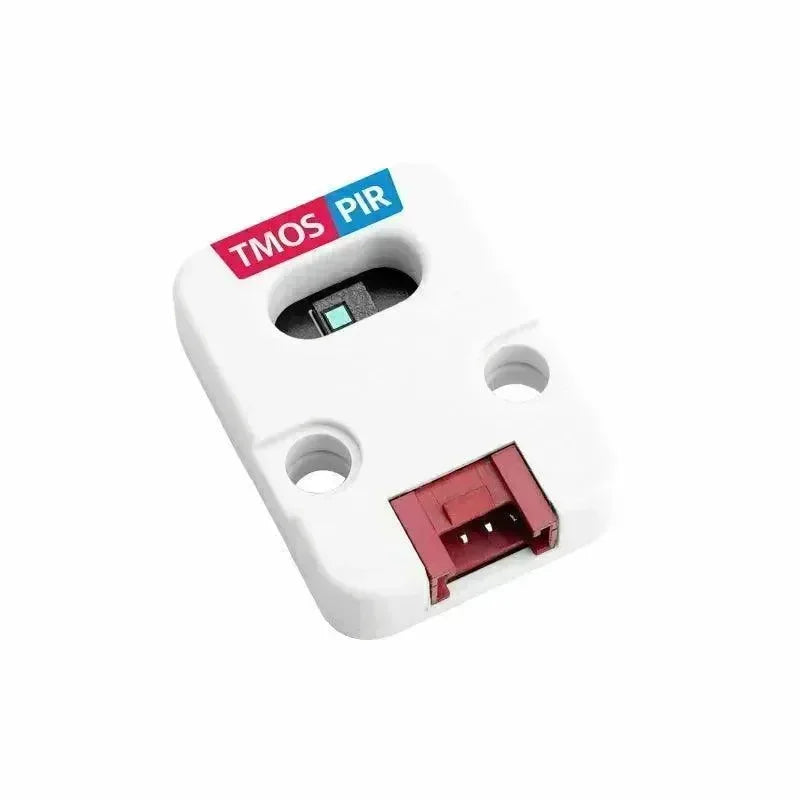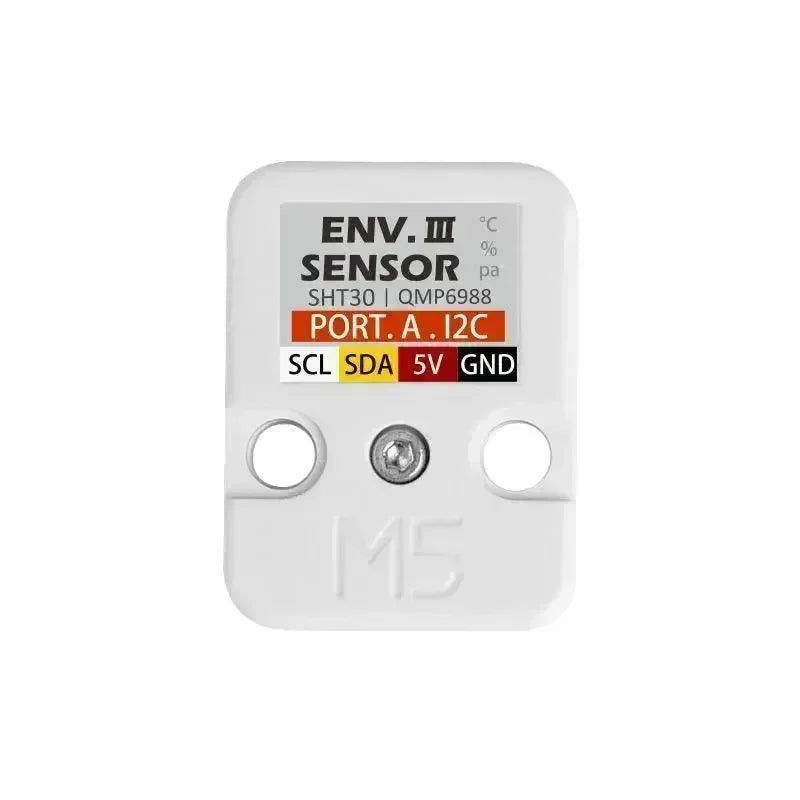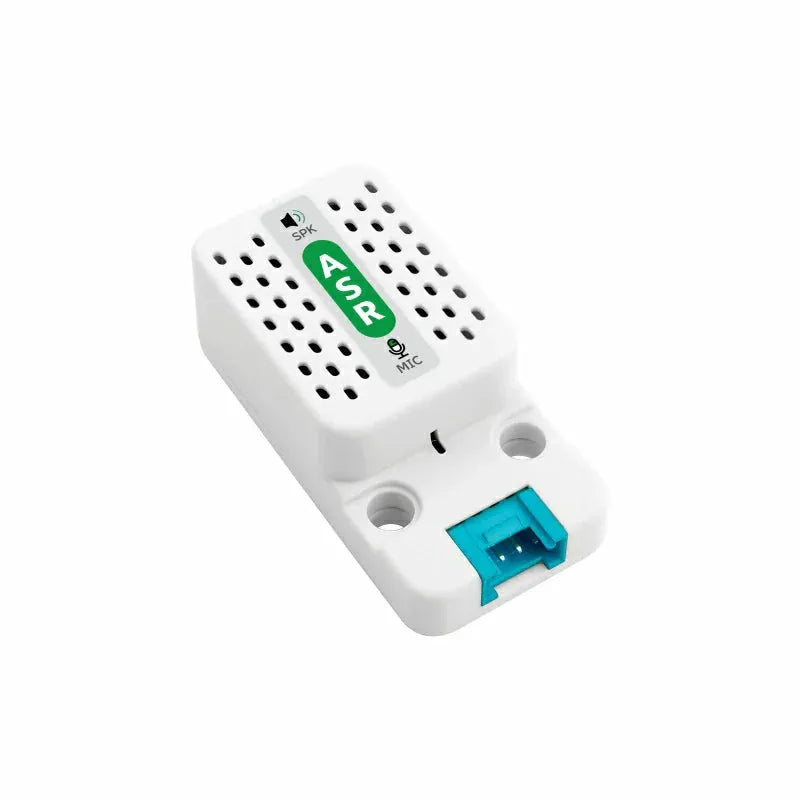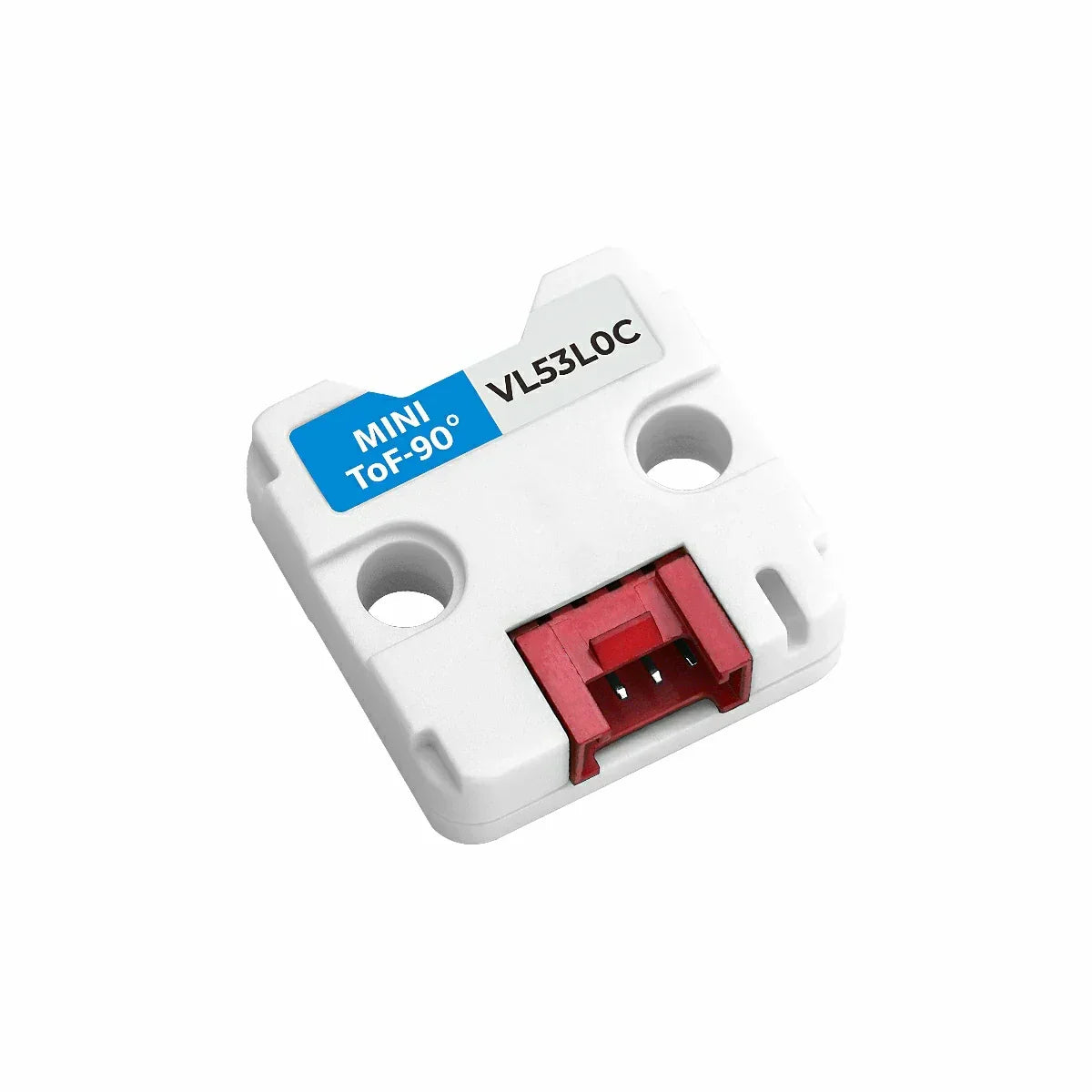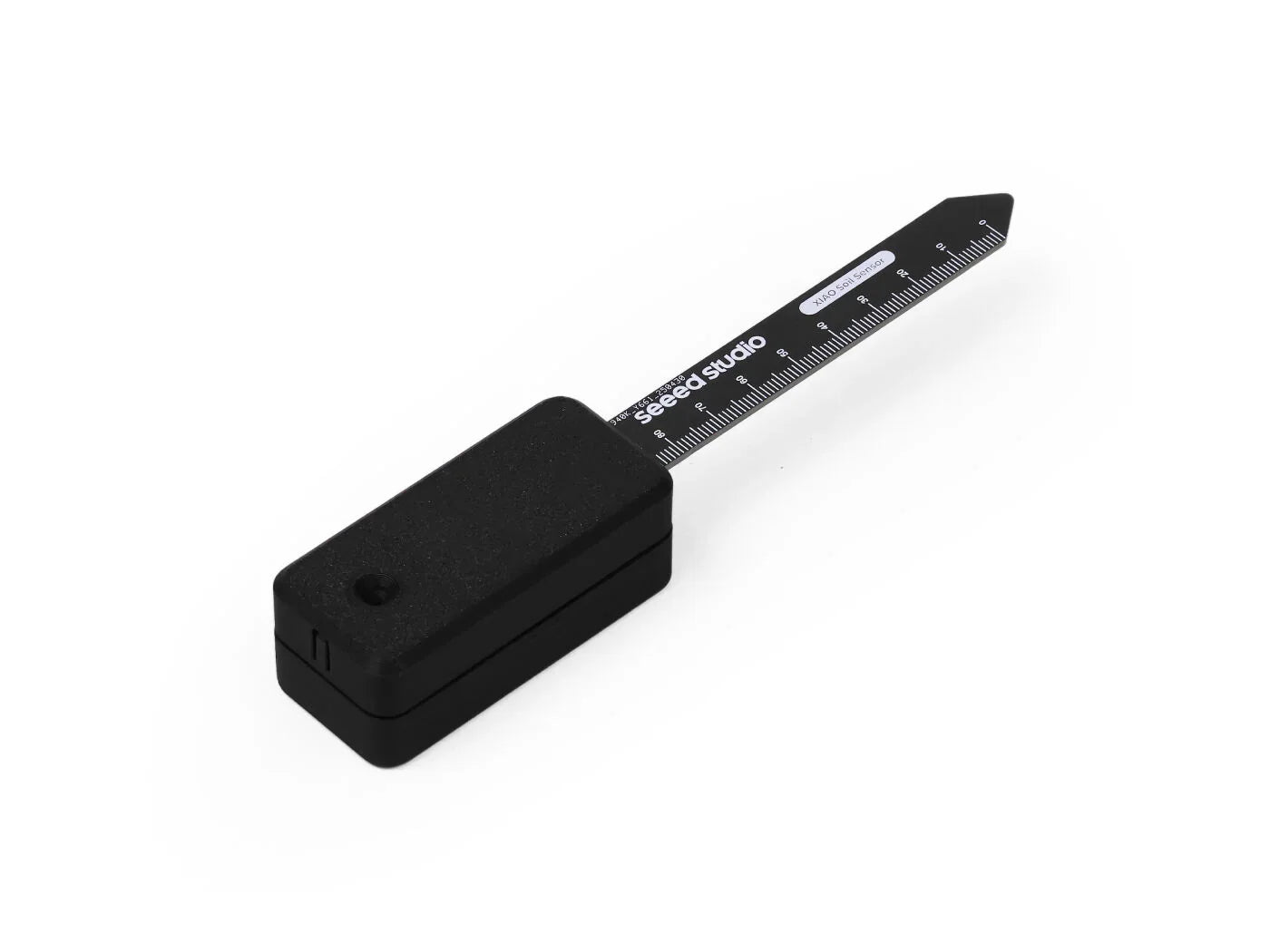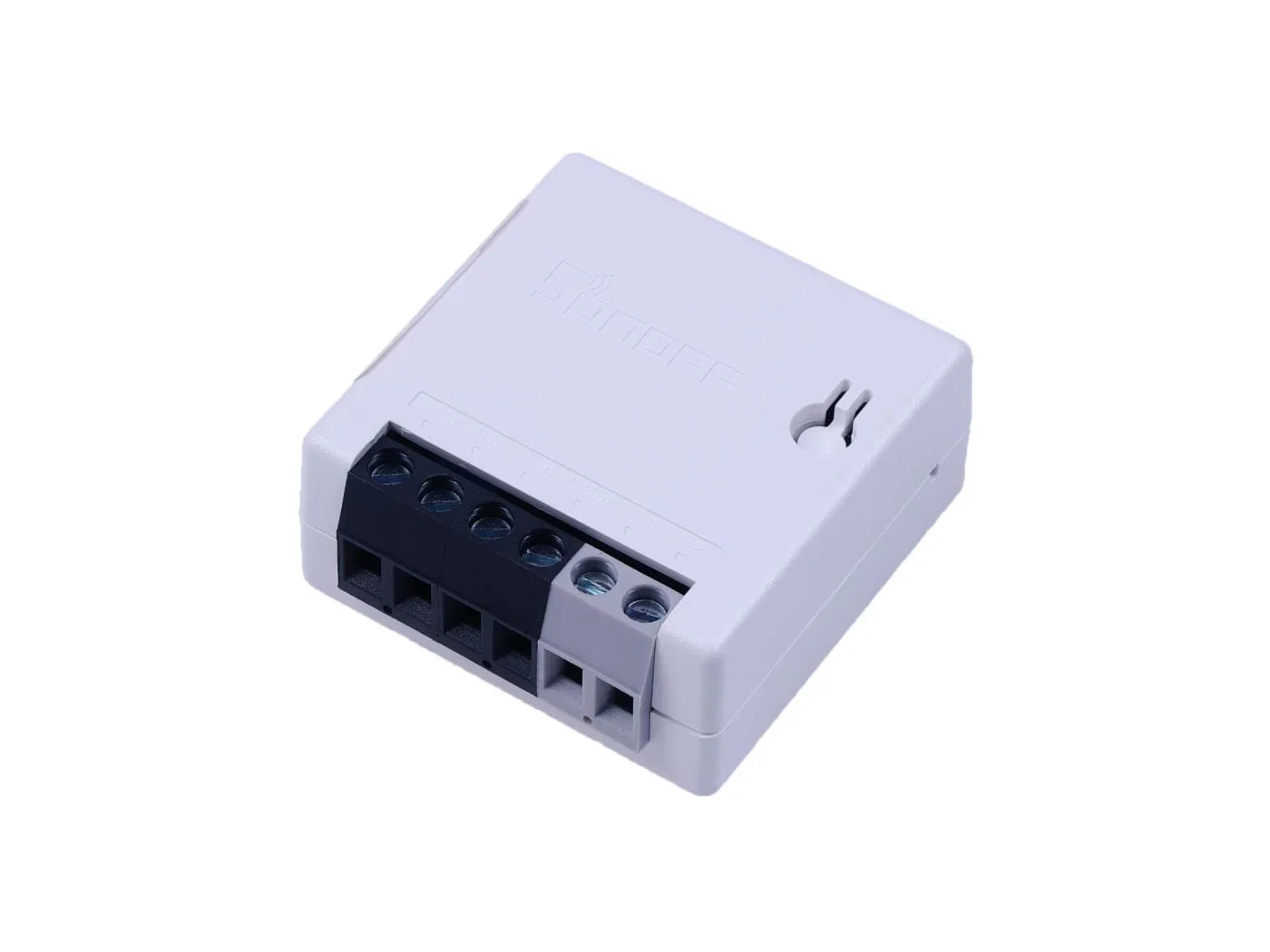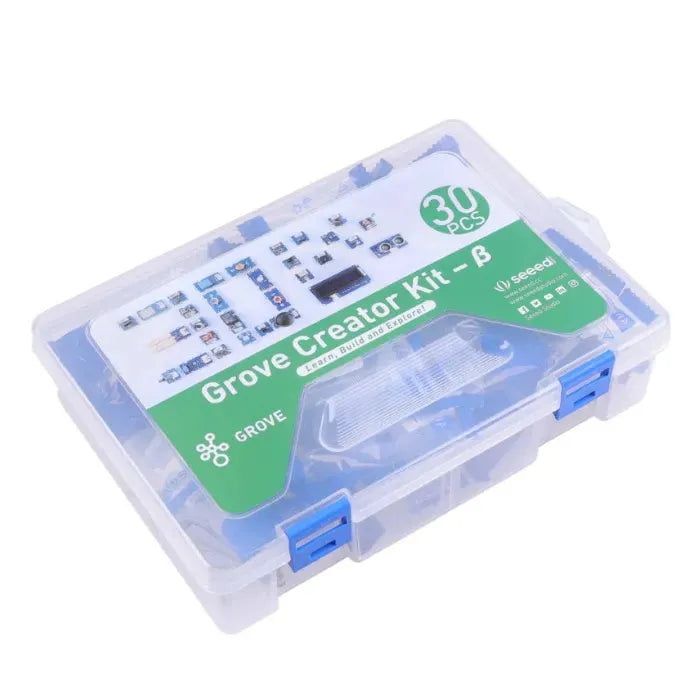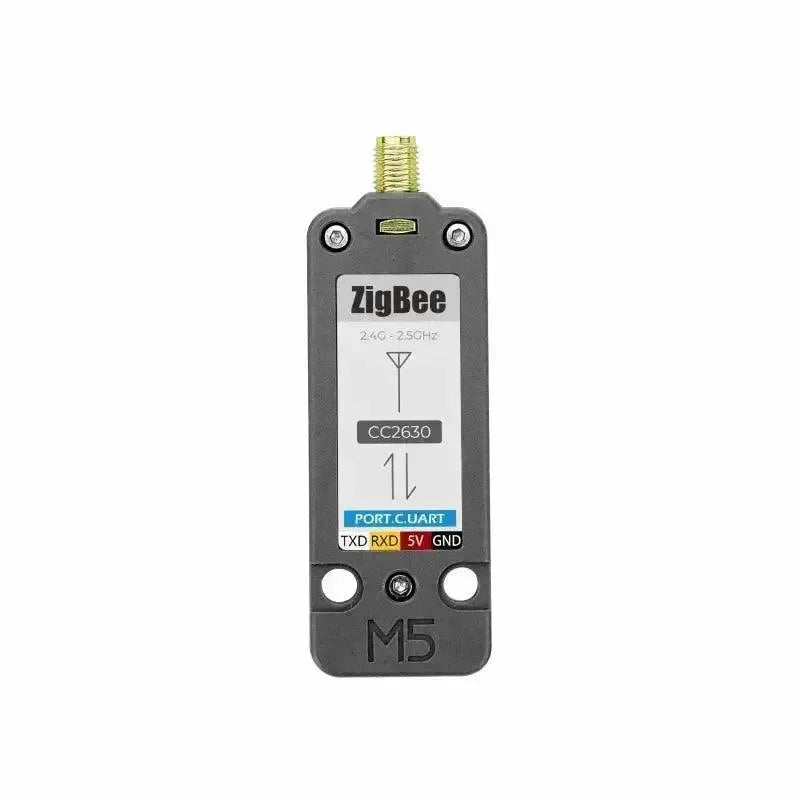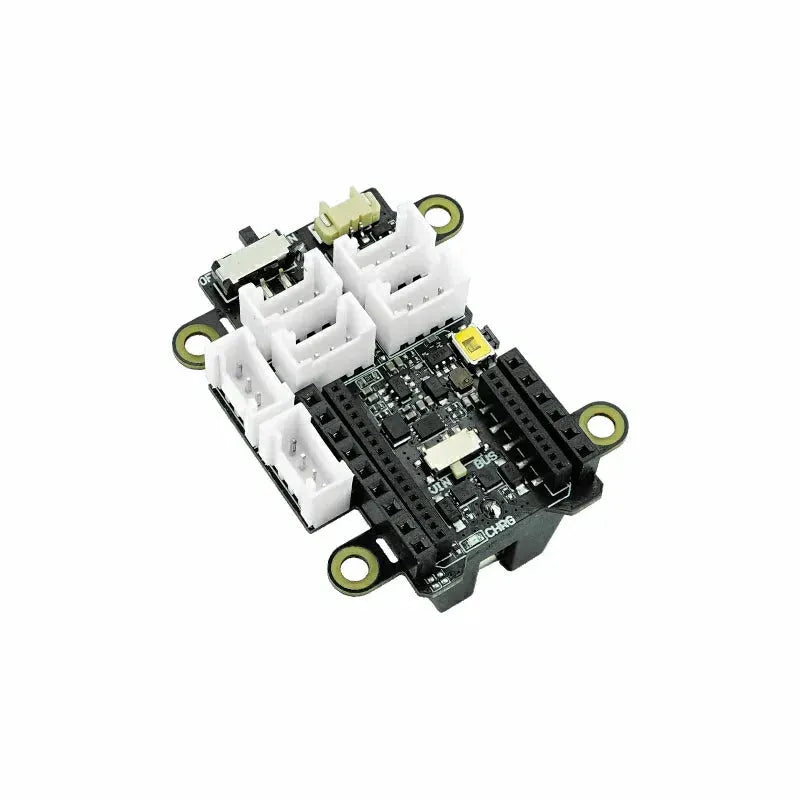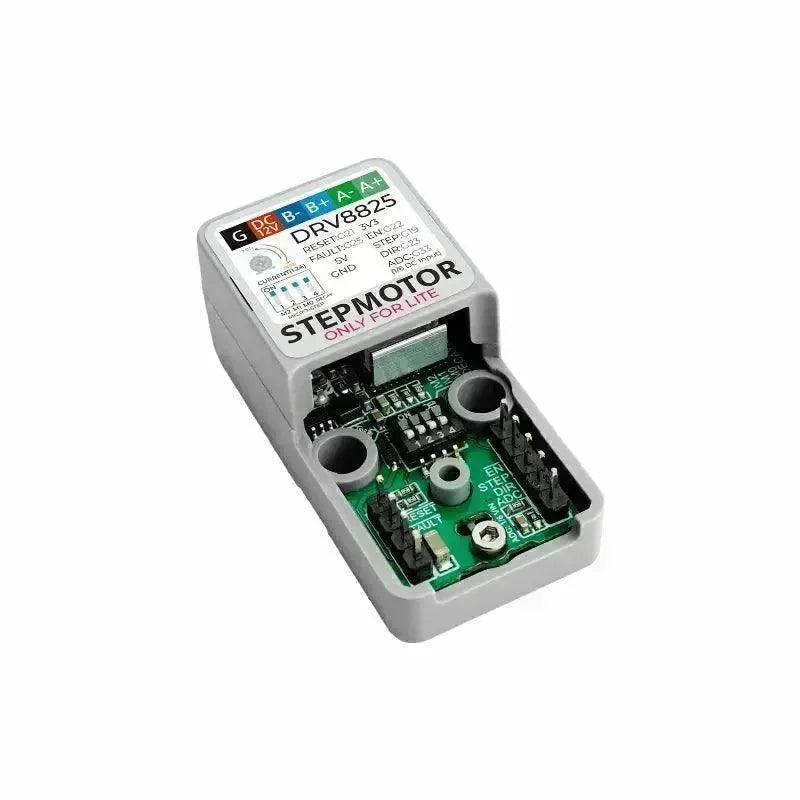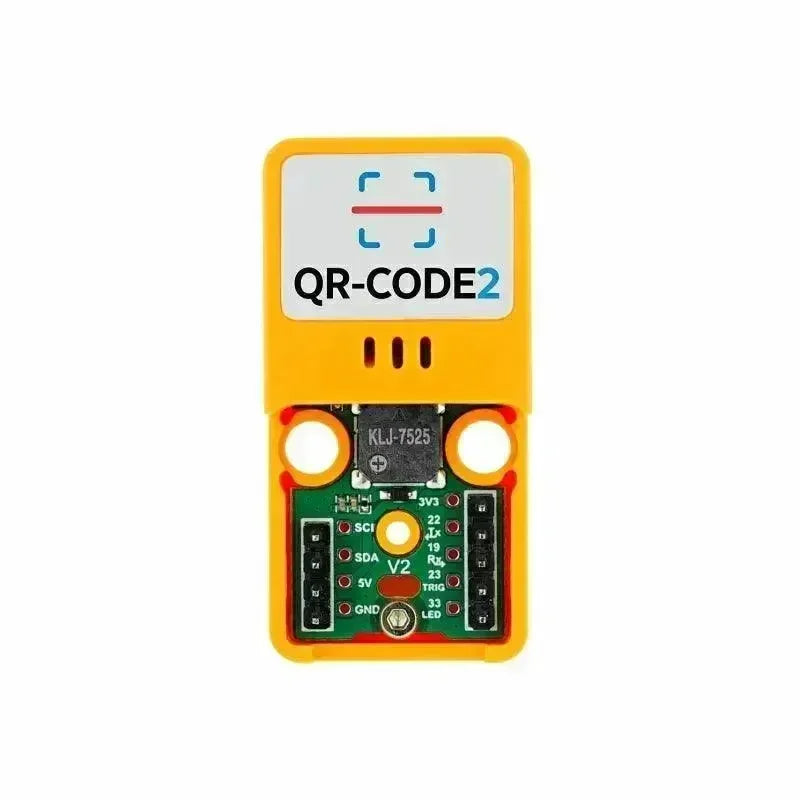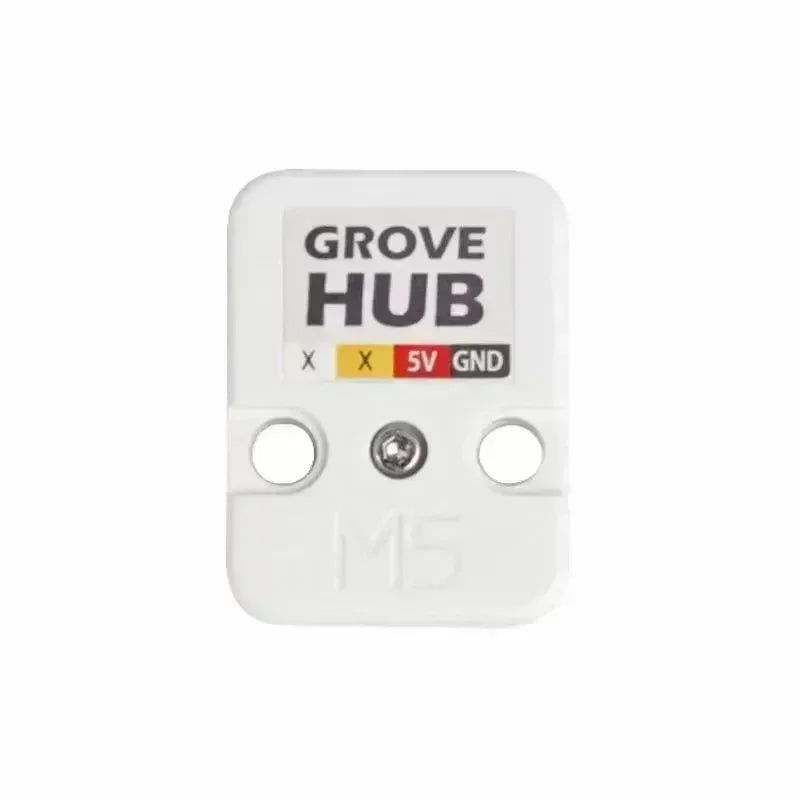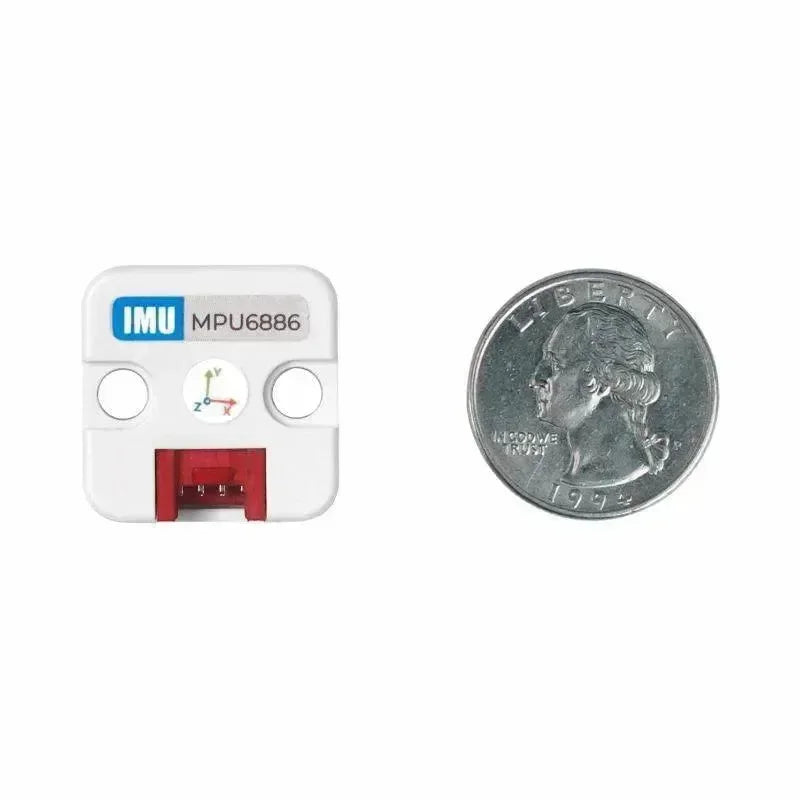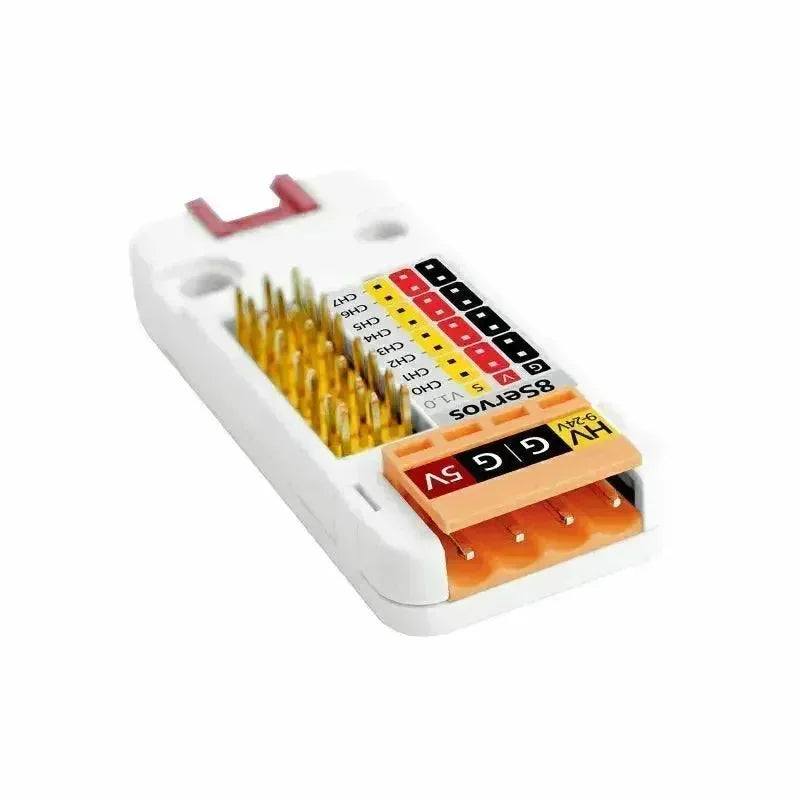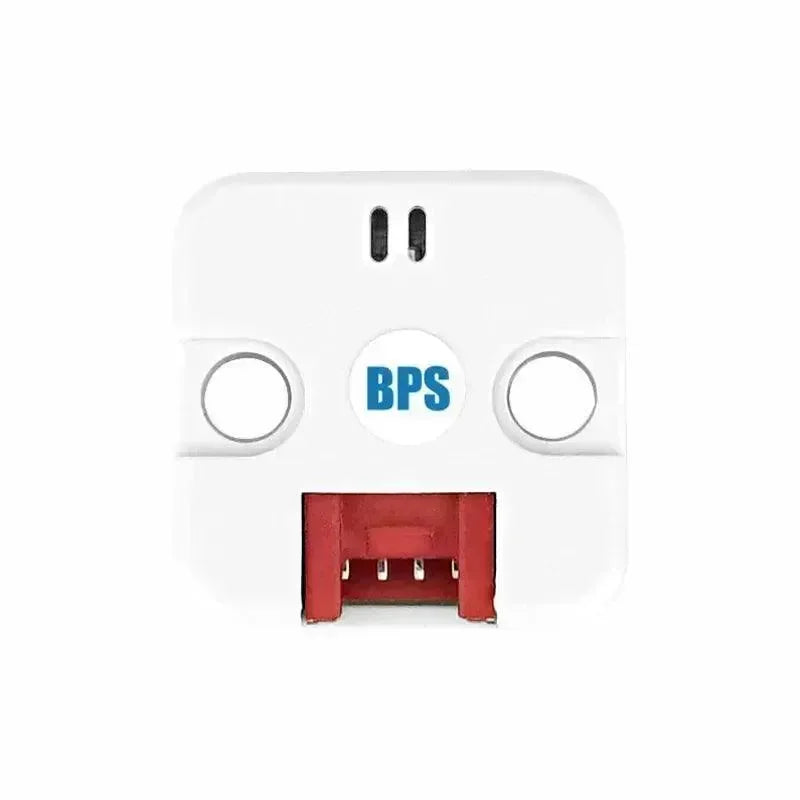
🏠 What is Home Assistant?
Home Assistant is an open-source smart home hub that lets you connect and control devices from different brands and protocols all in one place. Manage lights, climate, security systems, sensors, and more — all through a single platform. Its key advantage is local operation, meaning your data stays in your home for faster performance and greater privacy.
✨ What It Can Do
| Feature | Description |
|---|---|
| 📡 Centralized Device Management | Supports 3,300+ integrations. Control lights, locks, cameras, climate systems, and more from one interface. |
| ⚙️ Powerful Automation | Trigger devices by time, environmental conditions, or actions — like turning on lights and disabling alarms when you arrive home. |
| 🎙️ Voice Control | Works with Alexa and Google Assistant, or use the built-in private voice assistant, Assist. |
| 🔋 Energy Monitoring | Track real-time energy usage, optimize consumption, and reduce your bills. |
| 🎨 Highly Customizable | Tailor dashboards and automation logic to match your lifestyle. |
Step 1 — Choose Your Hardware

Home Assistant Green
Plug‑and‑play smart home hub with Home Assistant OS pre‑installed — perfect for beginners.
Price: €167.94

Raspberry Pi 4
Great budget gateway for light‑to‑medium smart homes. Runs Home Assistant OS smoothly for typical automations and Zigbee/Matter bridges.
Price: €76.74

Raspberry Pi 5 Starter Kit
Install Home Assistant on Raspberry Pi — a low‑cost DIY route to get started and gain hands‑on experience.
Price: €179.94
Step 2 – Install ESPHome
⚡ ESPHome is an open‑source firmware framework that simplifies turning ESP32, ESP8266, or RP2040 boards into powerful, locally‑controlled smart home devices.
Using simple 📝 YAML configuration files instead of complex C++ code, you can:
• 🛠️ Create custom smart home devices tailored to your needs
• 🔗 Integrate seamlessly with Home Assistant for a unified experience
• 🌐 Control and monitor devices via web, API, or MQTT
• 🤖 Automate with powerful on‑device logic
• 📡 Update firmware wirelessly with Over‑The‑Air (OTA) updates
With support for 📊 hundreds of sensors, displays, and components — and ☁️❌ no cloud dependency — ESPHome lets you focus on building your smart home exactly how you want it.
How to Install ESPHome
Step 3 — Choose Your Voice Controller
Step 4 — Choose Your Controller (Control‑side Devices)
Step 5 — Choose Your Sensors (Sensing‑side Devices)
Products for Home Assistant

Compacto pero potente, el XIAO ESP32‑C6 combina Wi‑Fi 6, Bluetooth 5, Thread y Zigbee en una placa RISC‑V de doble núcleo del tamaño de un pulgar — perfecto para integraciones embebidas. Con soporte nativo para Matter y ESPHome, se integra sin problemas en tu ecosistema Home Assistant para añadir sensores, disparadores o puntos de automatización con una configuración mínima.
Usos típicos en Home Assistant:
- Sensores ambientales y de ocupación
- Botones inalámbricos o paneles de control
- Puentes Thread/Zigbee para dispositivos existentes
- Nodos remotos de bajo consumo para recolección de datos

Impulsado por un procesador ESP32 de doble núcleo con Wi‑Fi y Bluetooth integrados, el M5Stack Core2 cuenta con una pantalla táctil capacitiva de 2.0 pulgadas, botones virtuales, retroalimentación háptica, altavoz, RTC, sensor IMU de 6 ejes y micrófono.
Con ESPHome o MQTT, se conecta a Home Assistant en minutos, permitiendo un control inteligente del hogar rápido, local y confiable.
Por qué es ideal para Home Assistant
- 📱 Interacción táctil — muestra paneles personalizados, conmutadores, escenas o datos en vivo directamente en la pantalla
- 🎛 Múltiples métodos de entrada — botones virtuales, gestos y zonas táctiles para activar automatizaciones
- 🔊 Audio y hápticos — altavoz integrado y motor de vibración para alertas, timbres y notificaciones
- 🔌 Expandible — puerto Grove, ranura para tarjeta TF, audio I2S para sensores y periféricos
- 🔋 Colocación flexible — batería recargable integrada para uso inalámbrico en cualquier lugar de tu hogar

El M5Stack Dial v1.1 es un dispositivo de control compacto y lleno de funciones construido alrededor del ESP32‑S3. Con su pantalla táctil TFT redonda de 1.28″, codificador rotatorio de alta precisión y módulo RFID, ofrece tanto retroalimentación visual como control táctil para tu configuración de Home Assistant.
Perfecto para Home Assistant porque ofrece:
- Integración rápida mediante ESPHome, MQTT o firmware personalizado
- Control de múltiples entradas: gestos táctiles, dial rotatorio y botones bajo la pantalla
- Paneles visuales y datos en vivo directamente en la pantalla redonda
- Disparadores de dispositivo usando el lector RFID incorporado para acciones seguras y sin contacto
- Colocación flexible con entrada DC 6–36 V o alimentación opcional por batería
- Expansión fácil a través de puertos Grove para sensores, relés u otros periféricos

